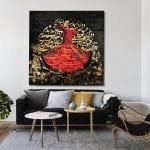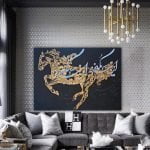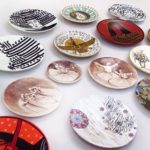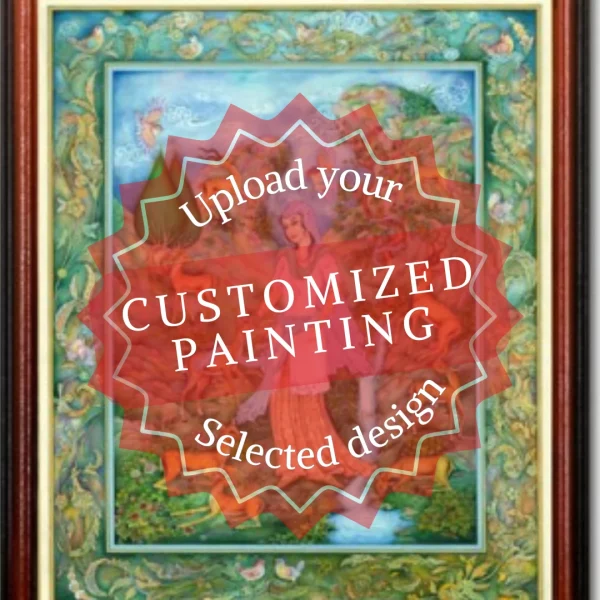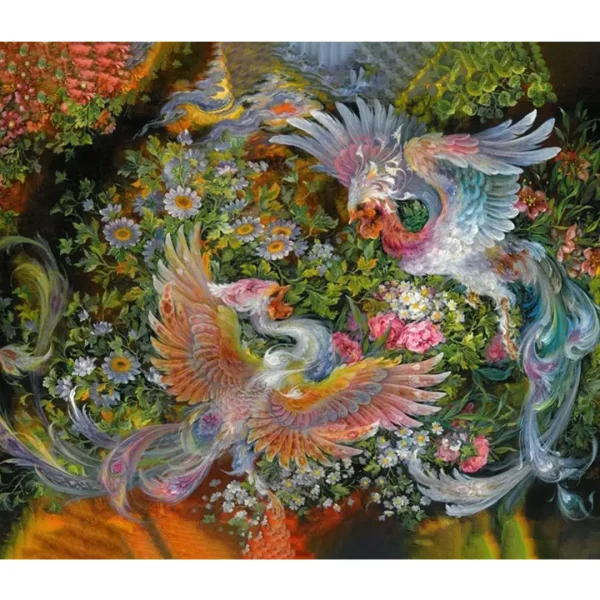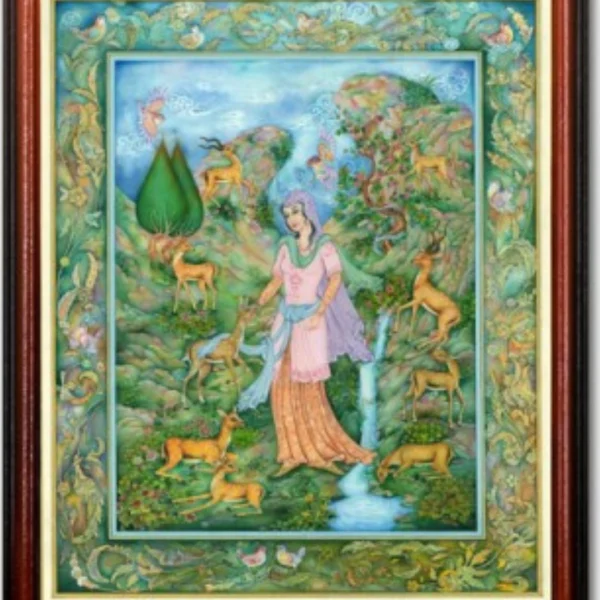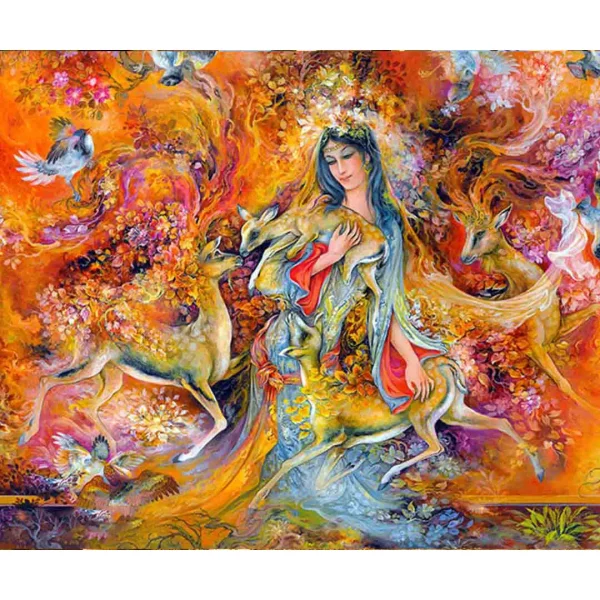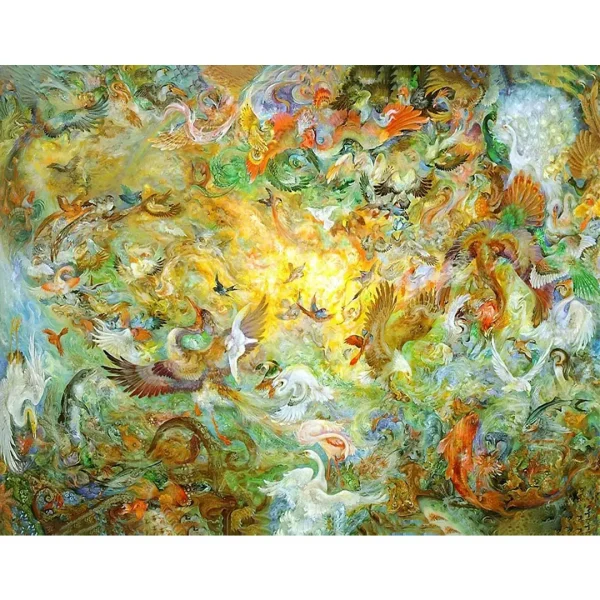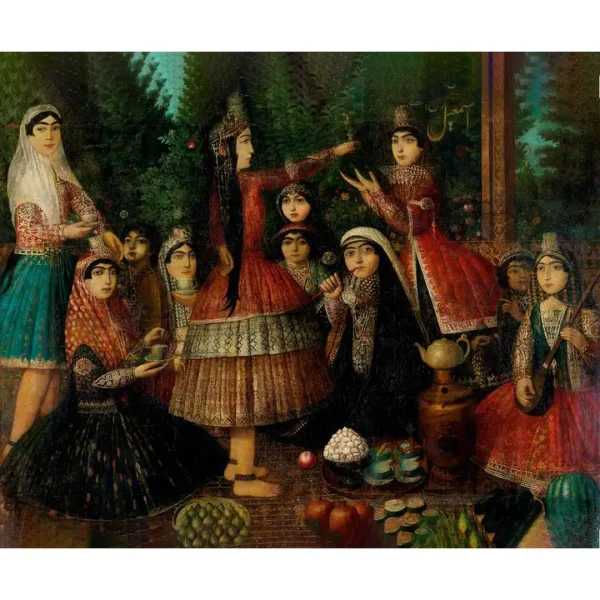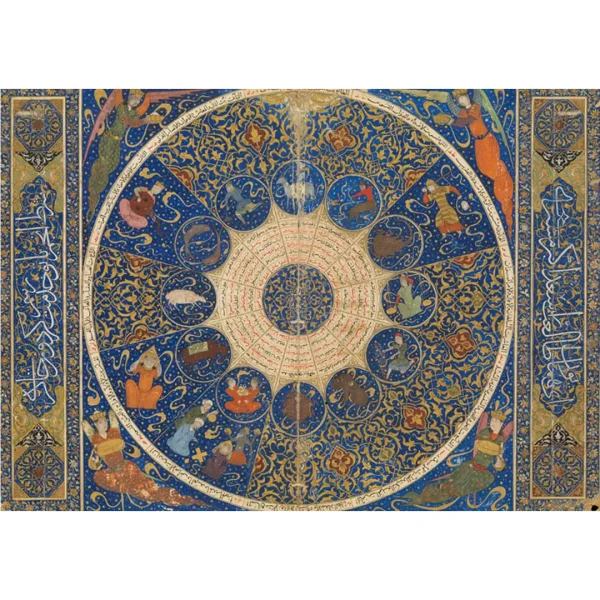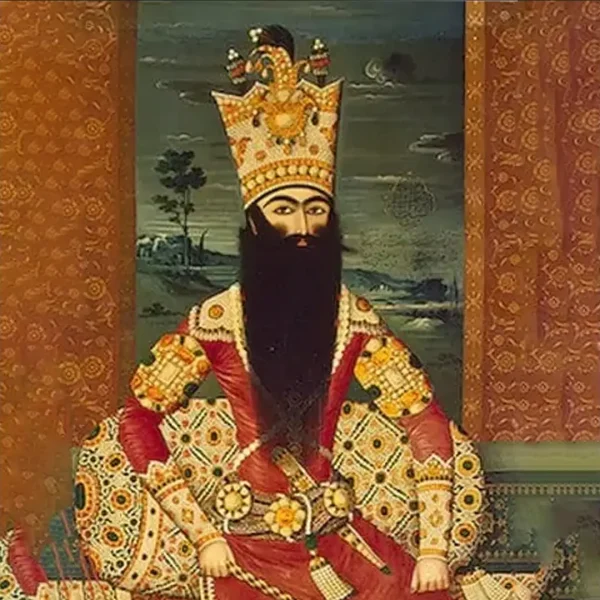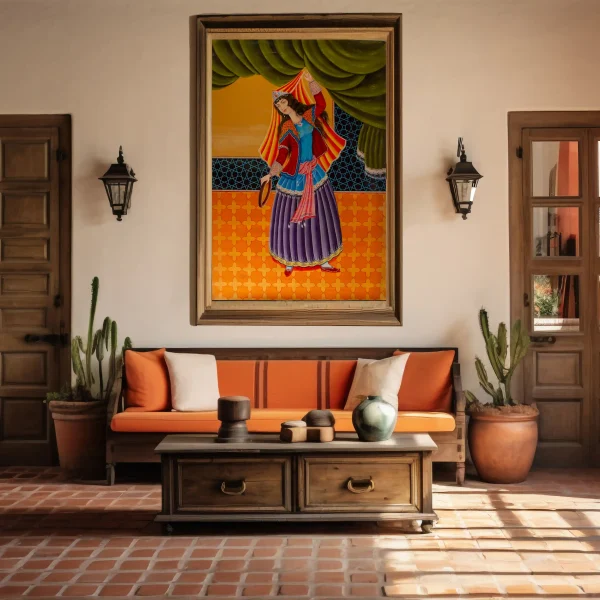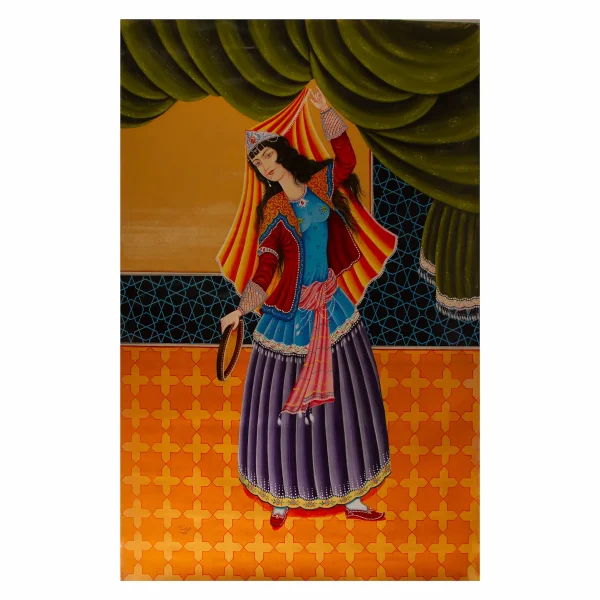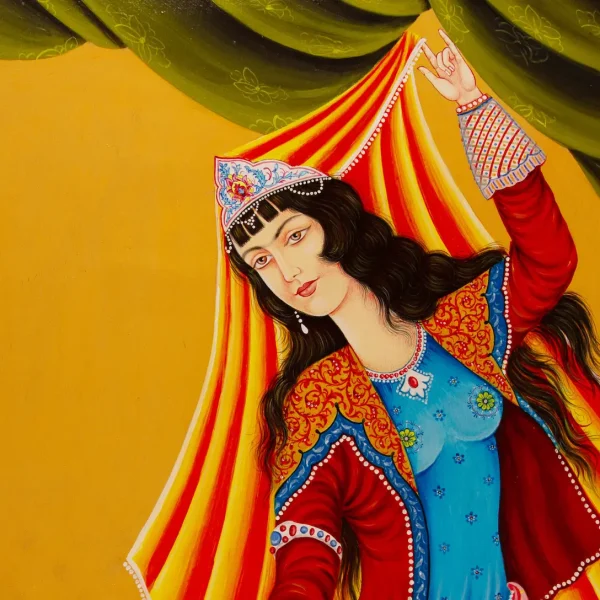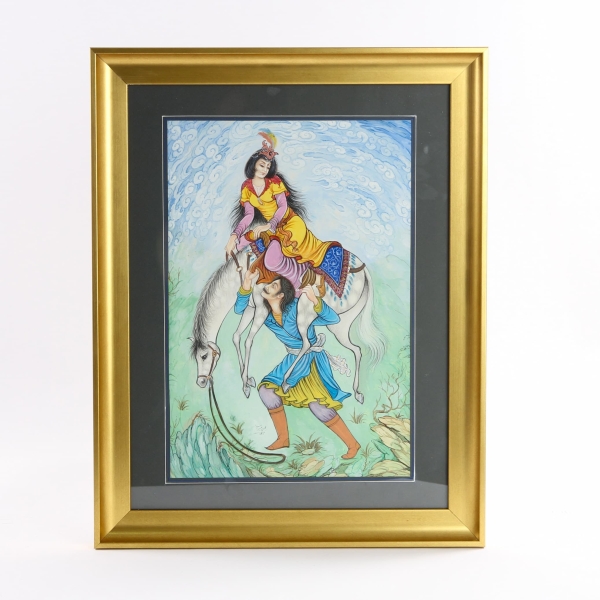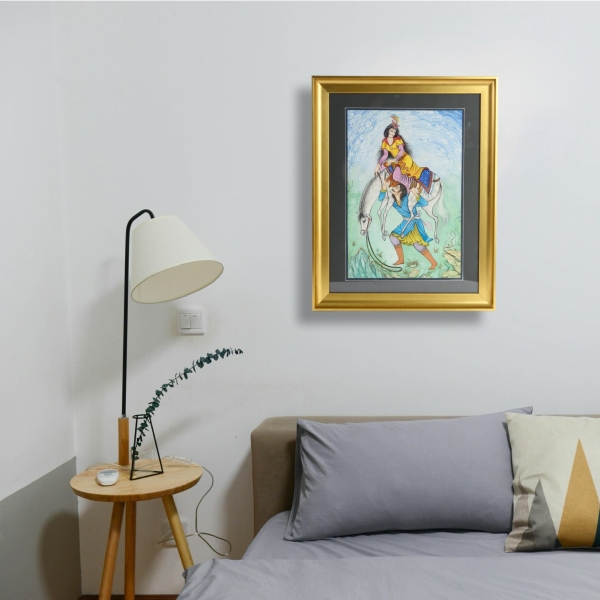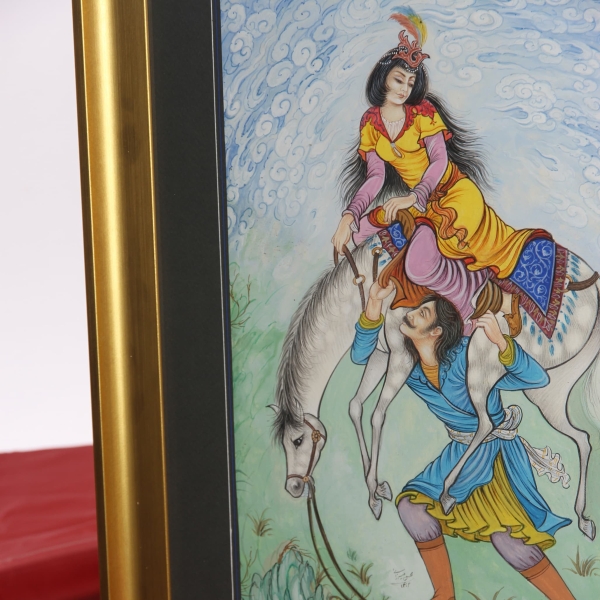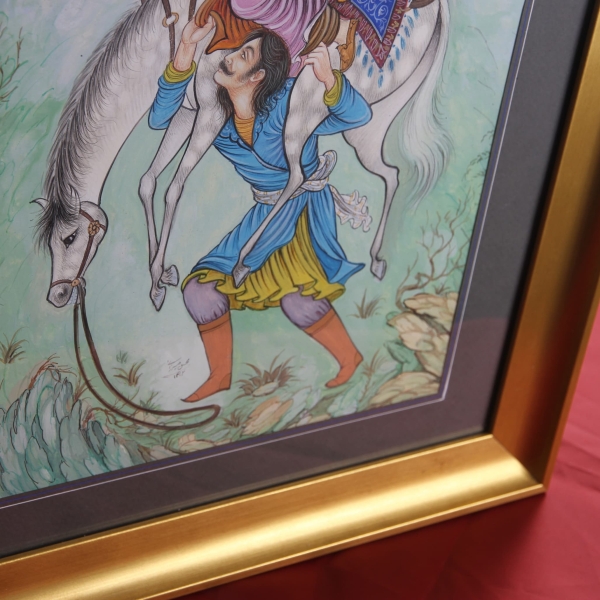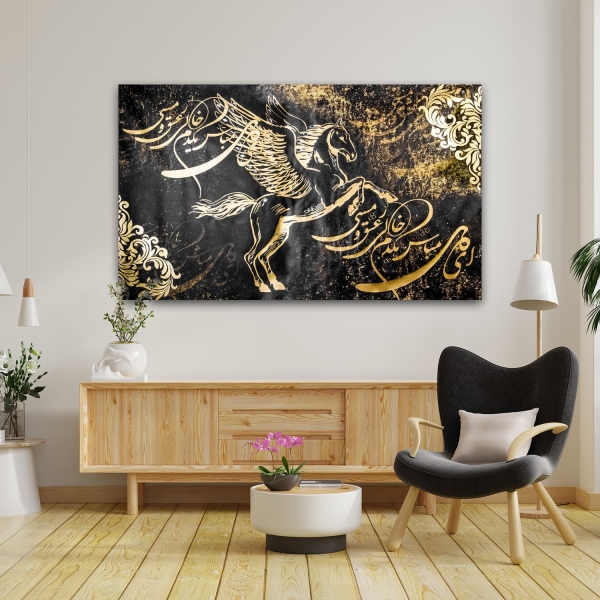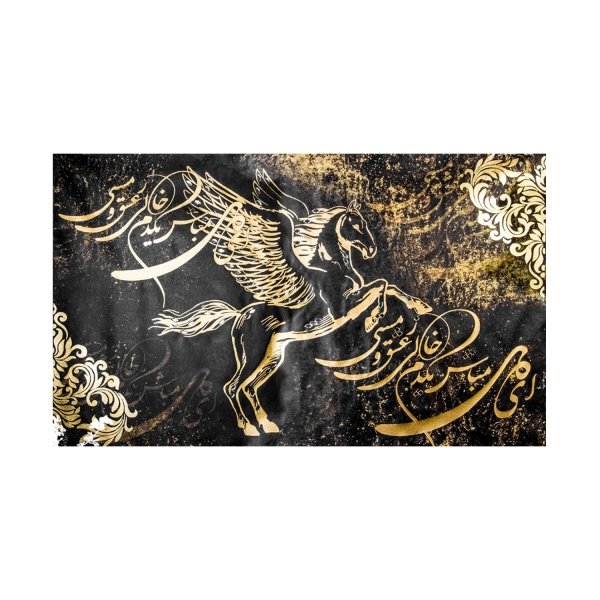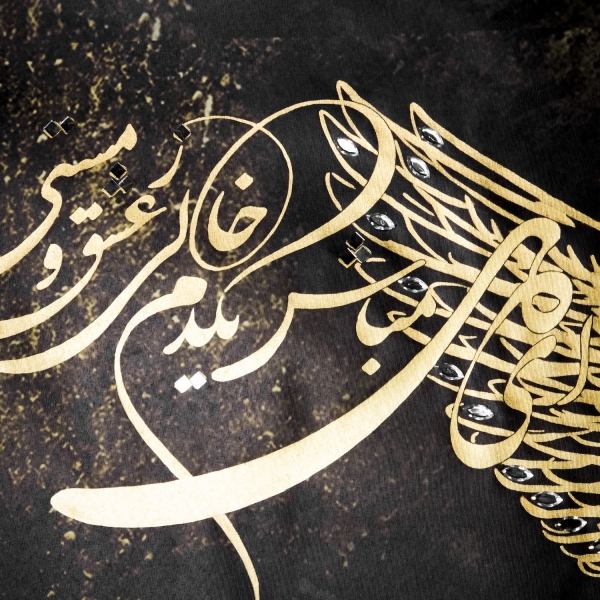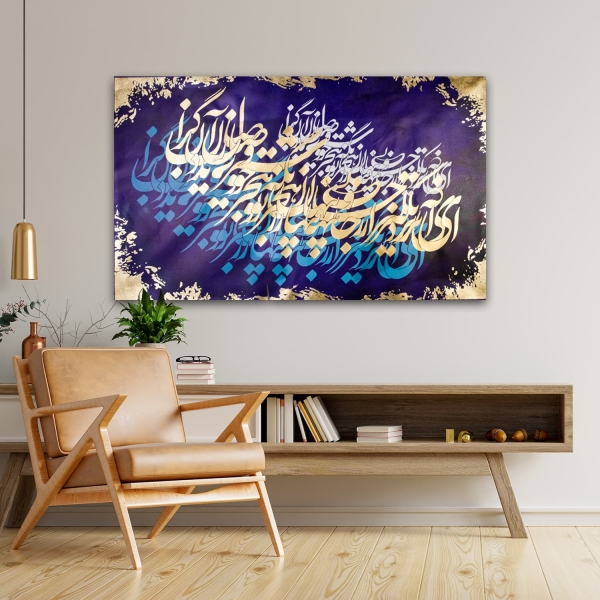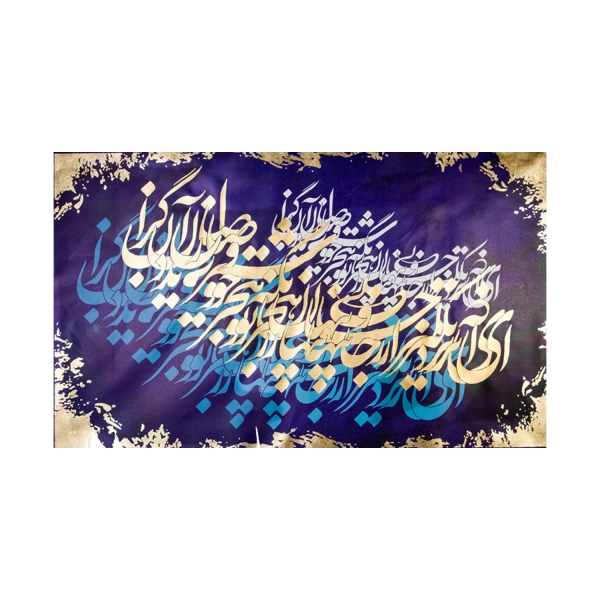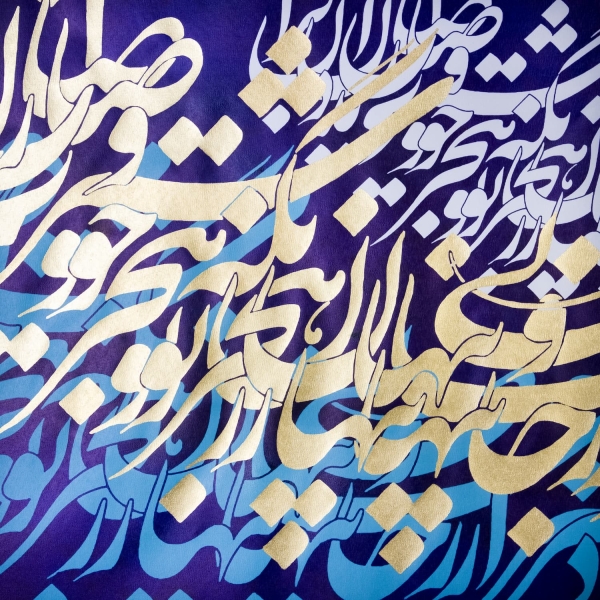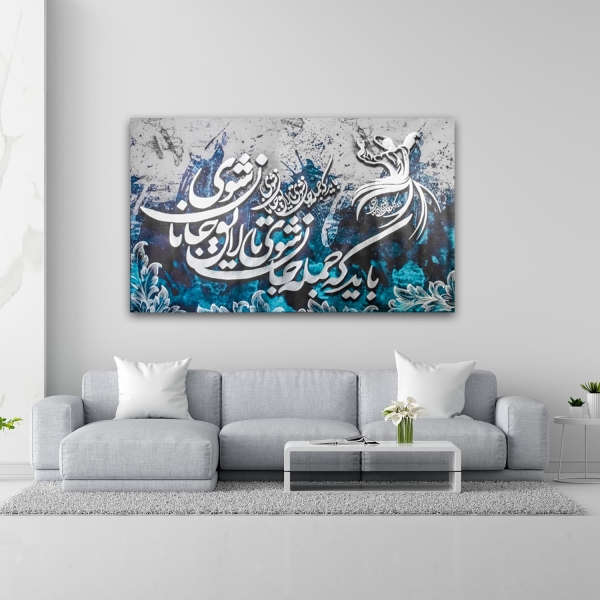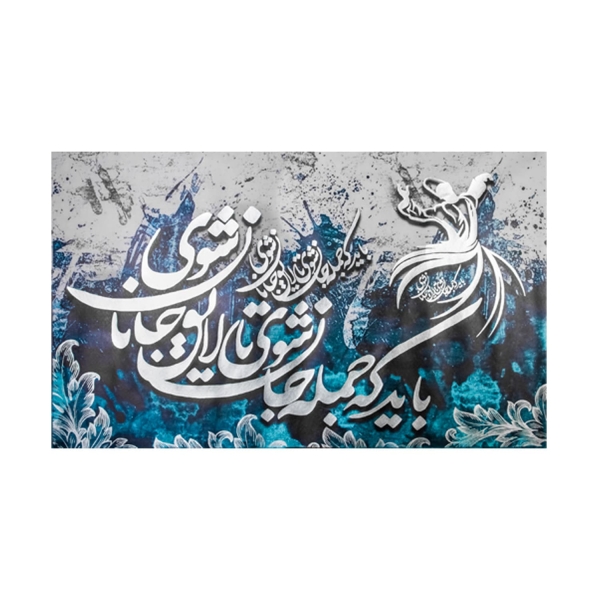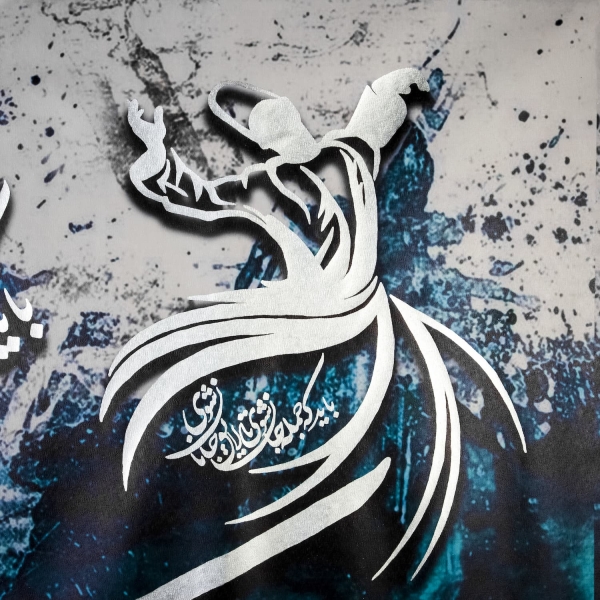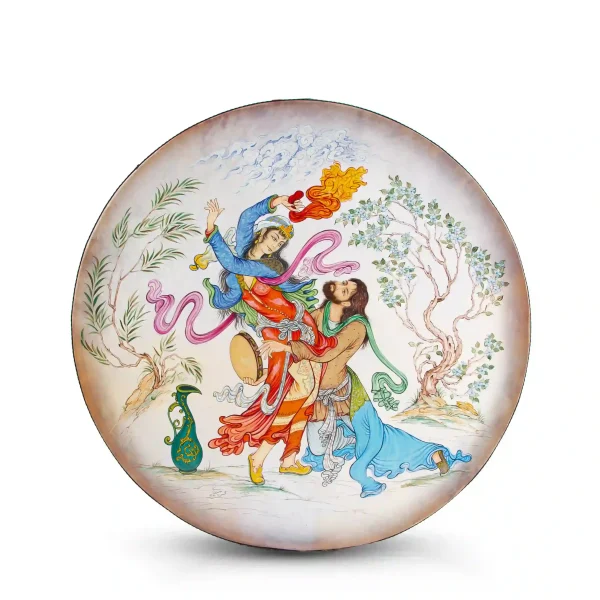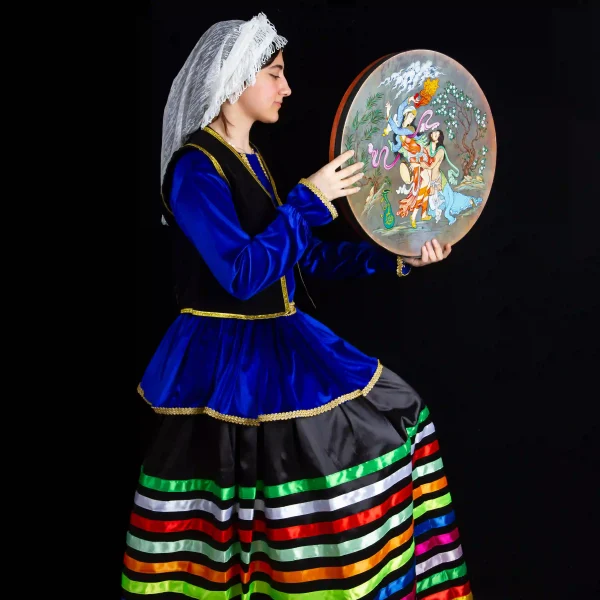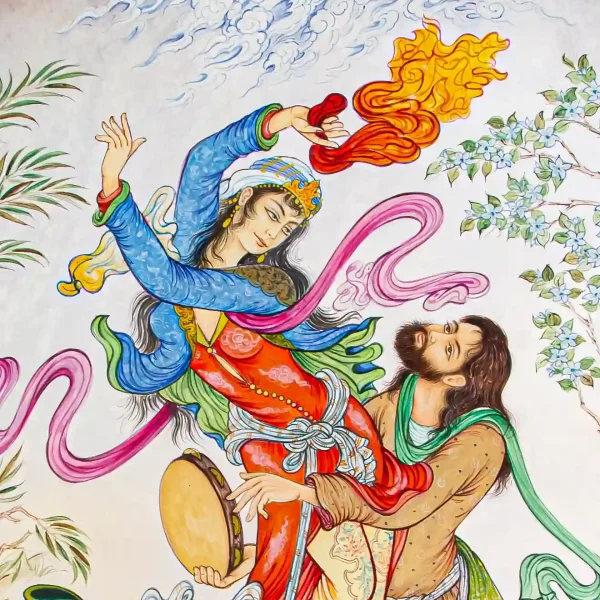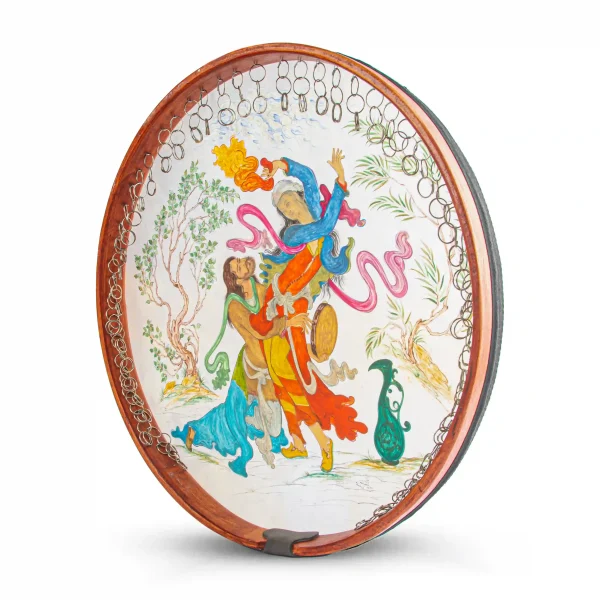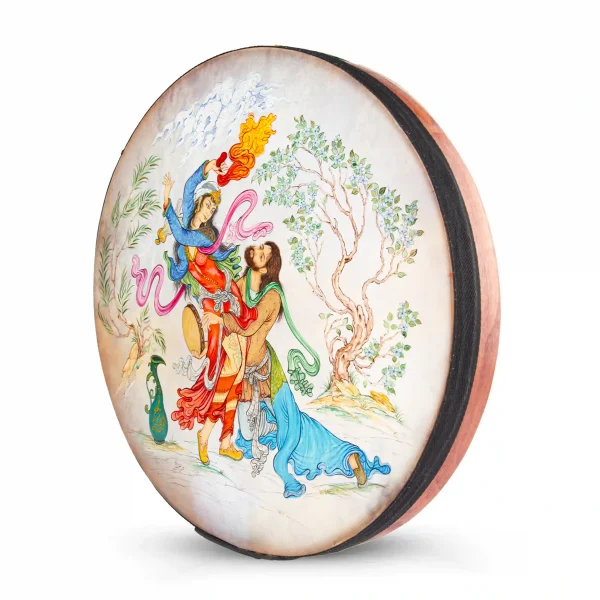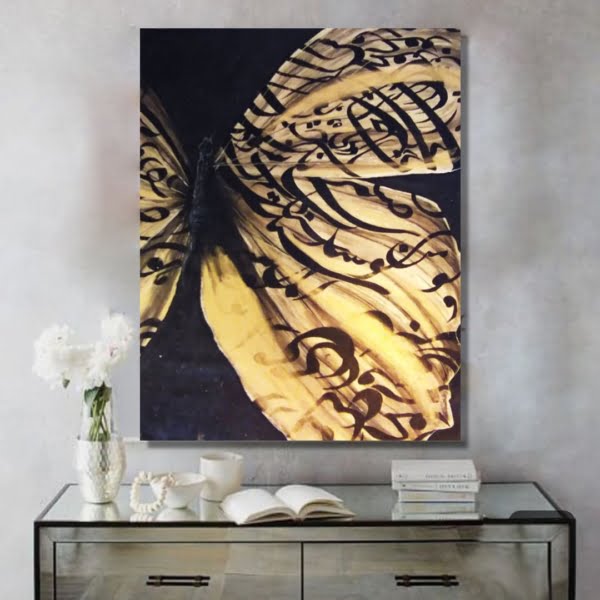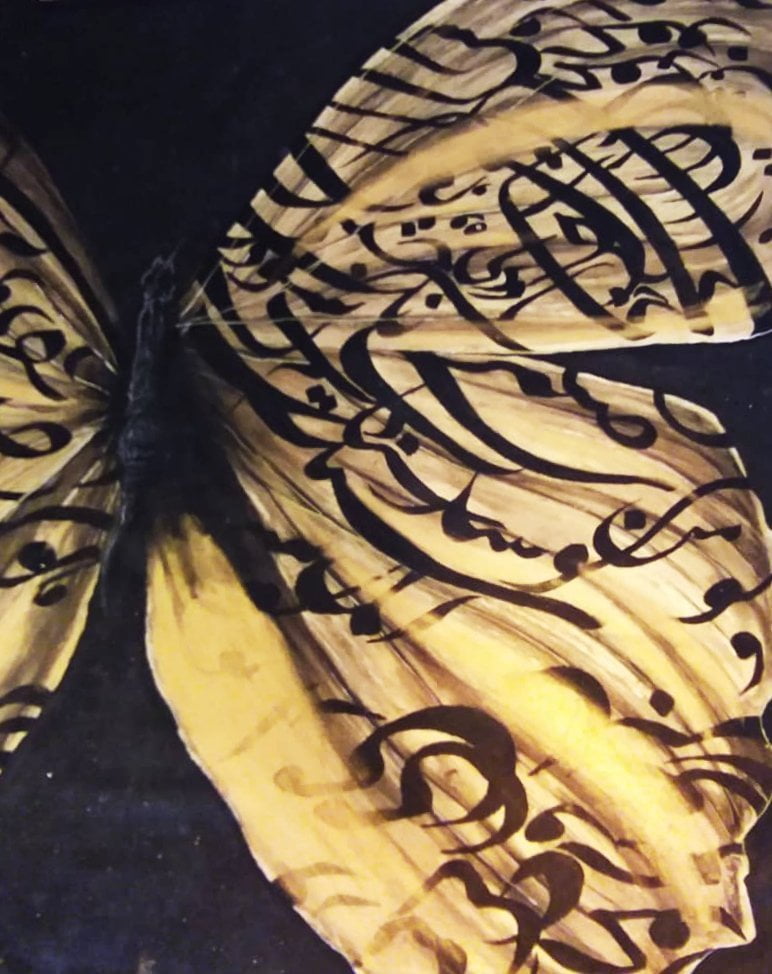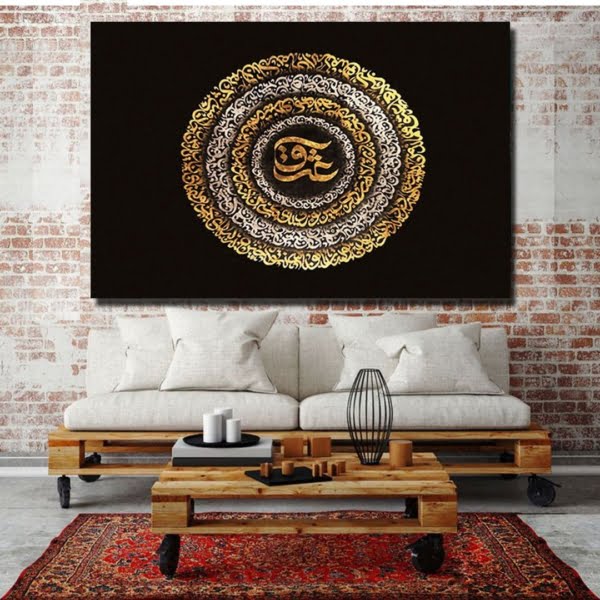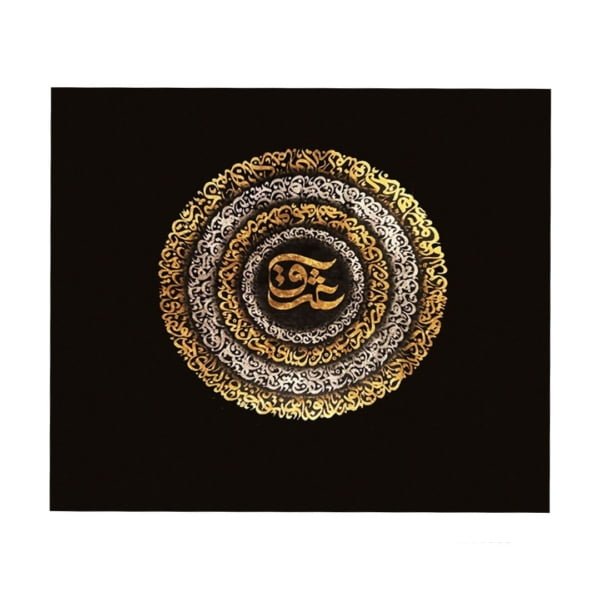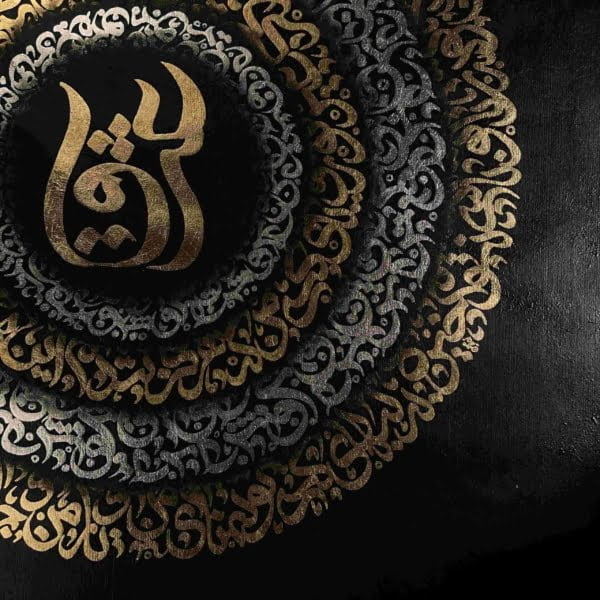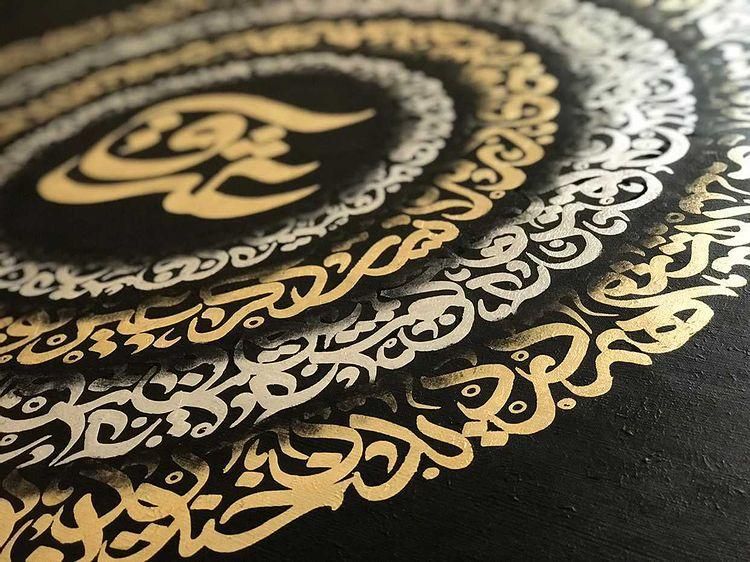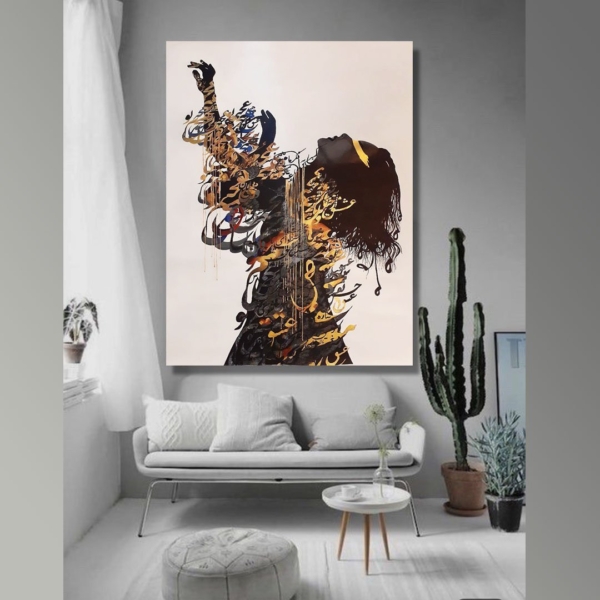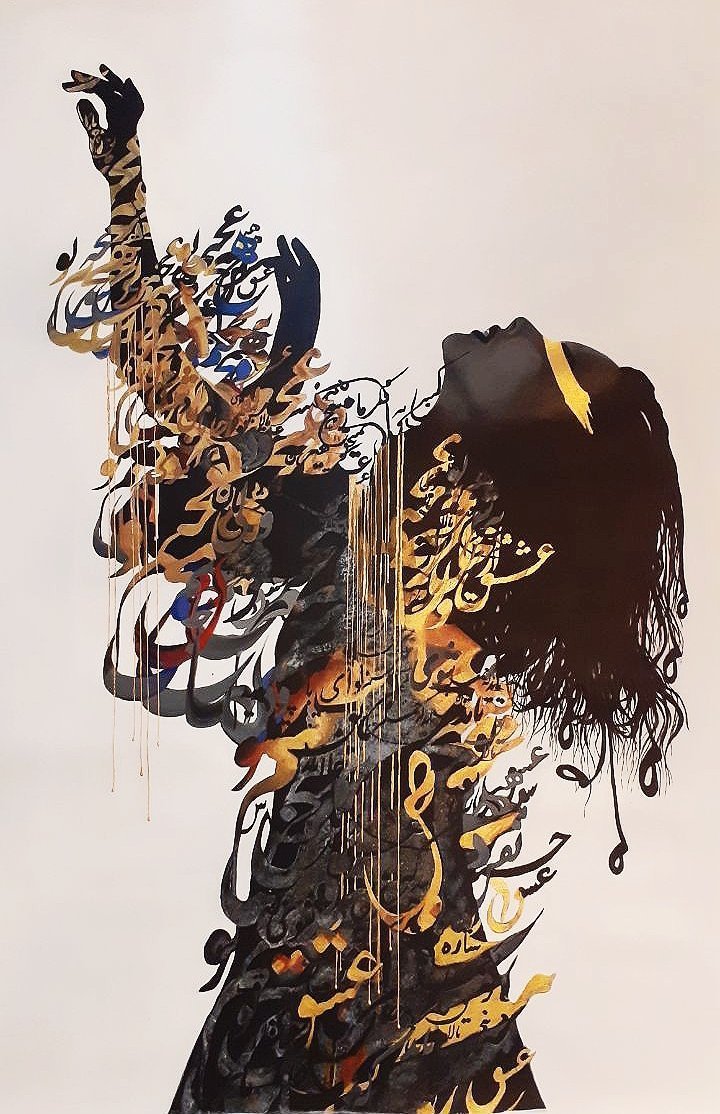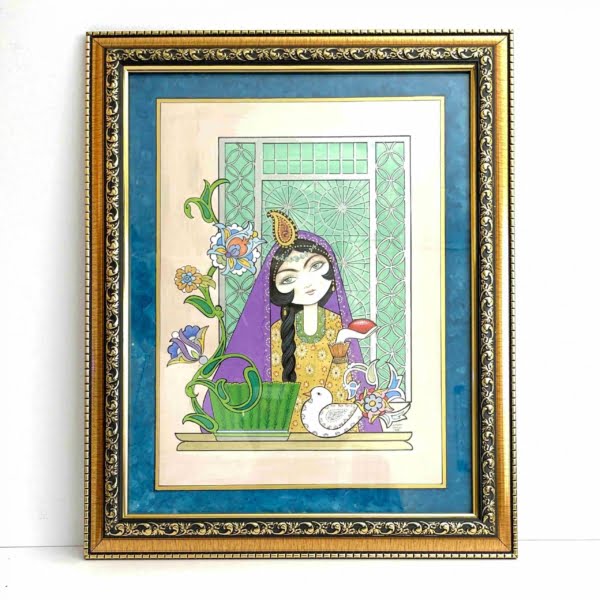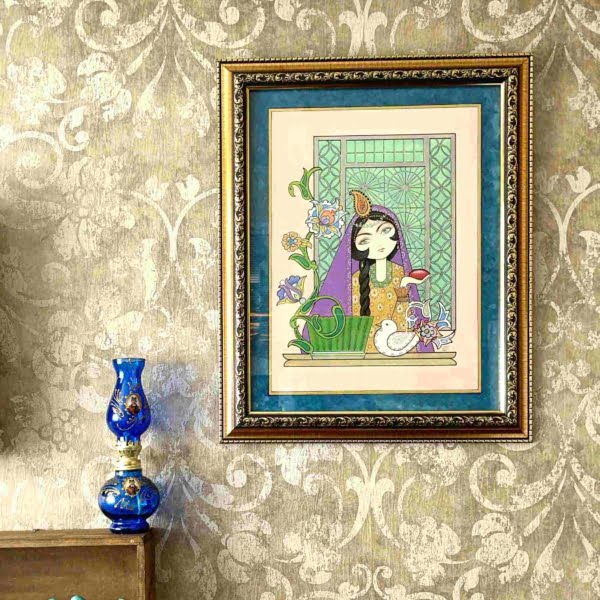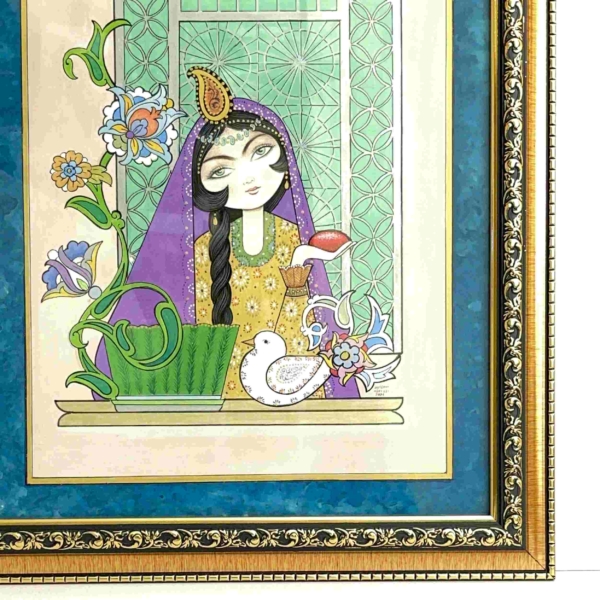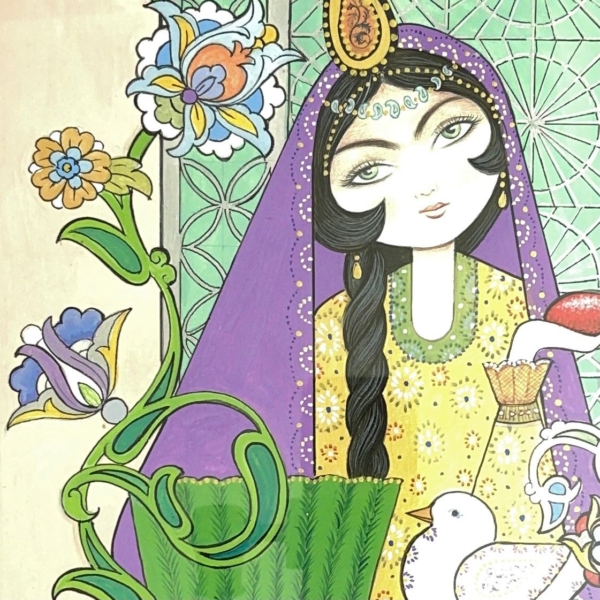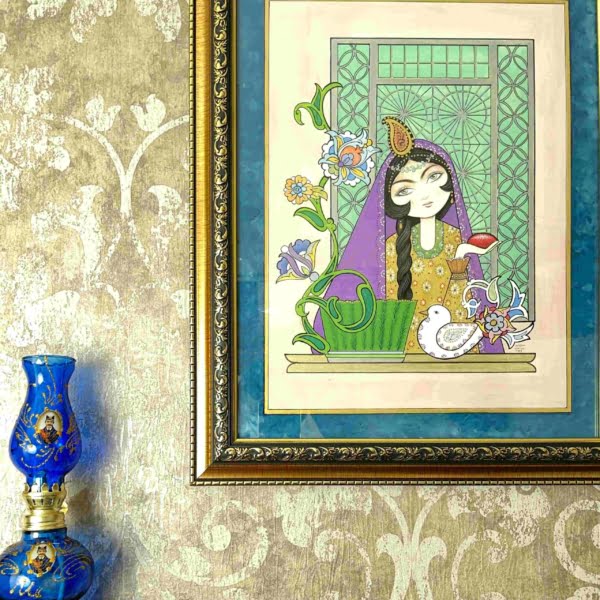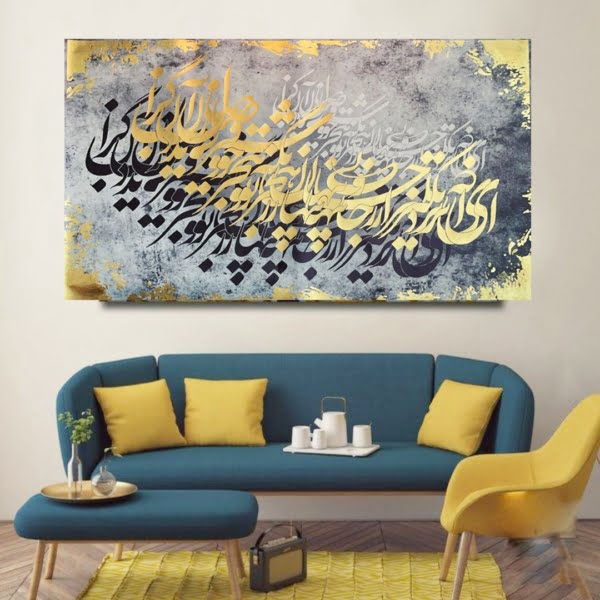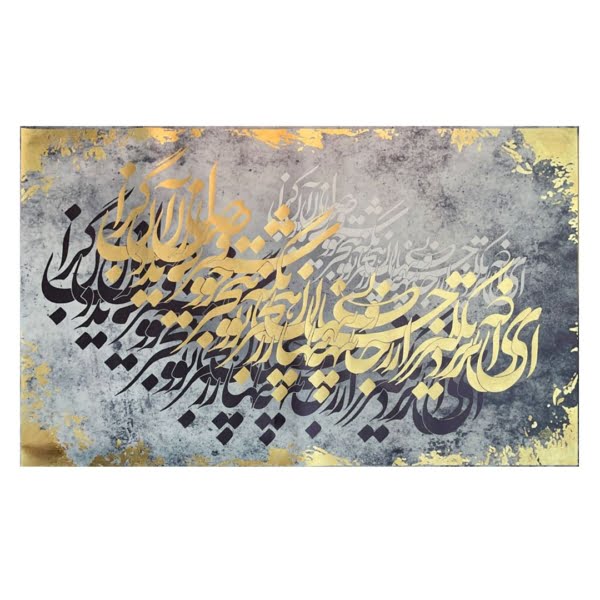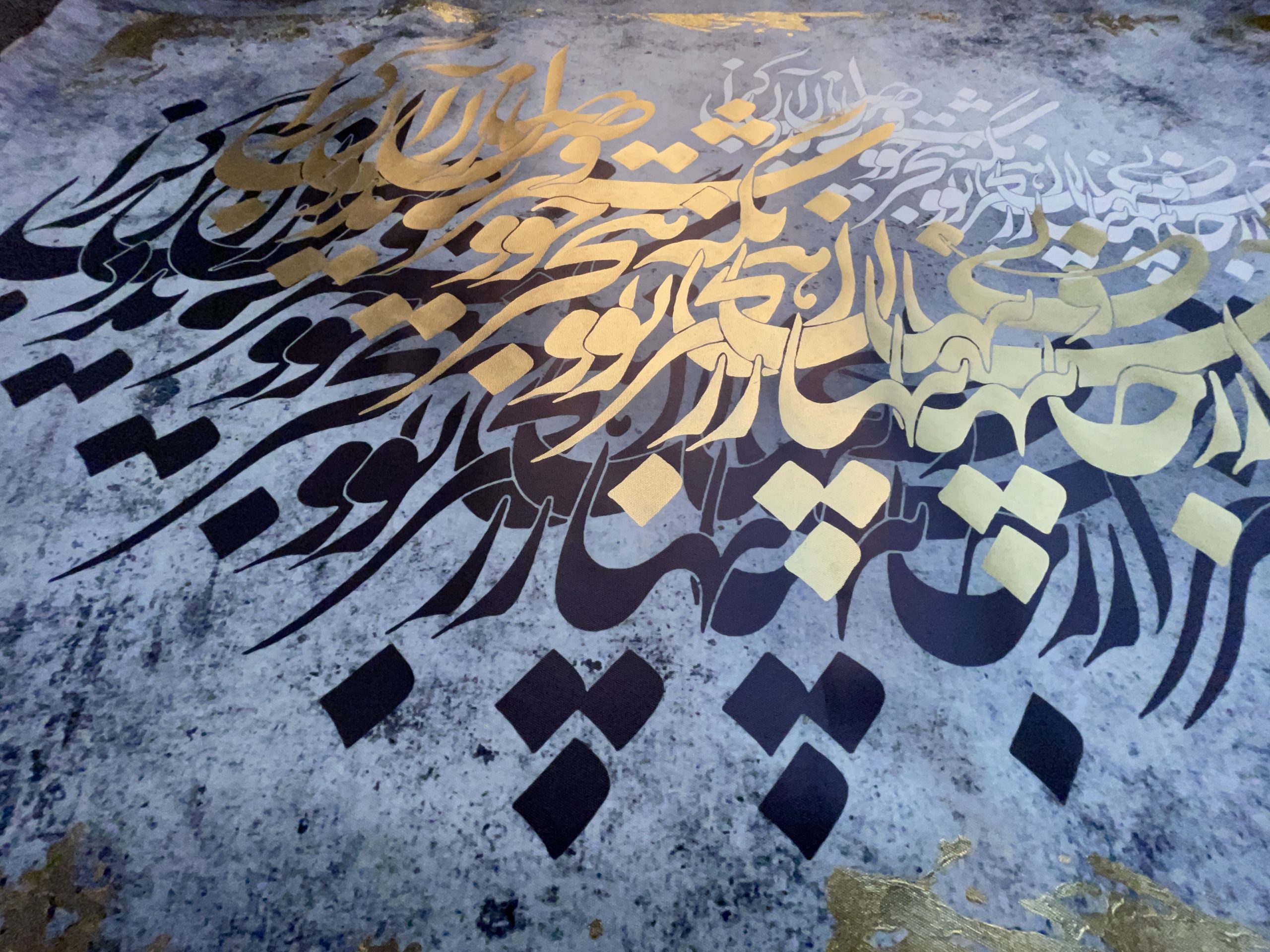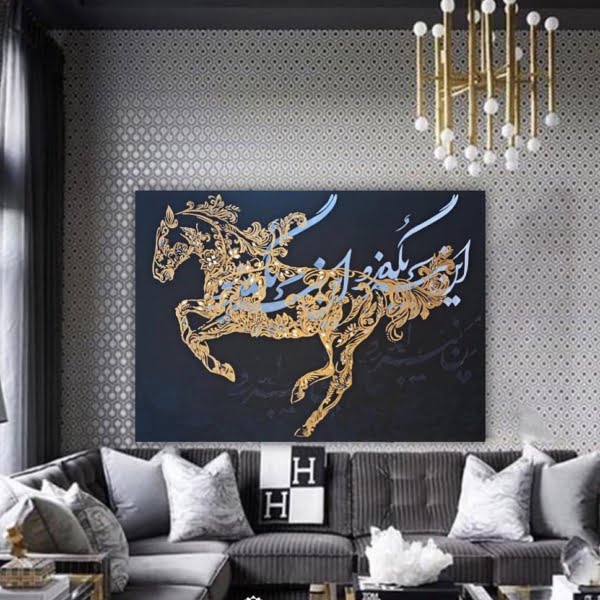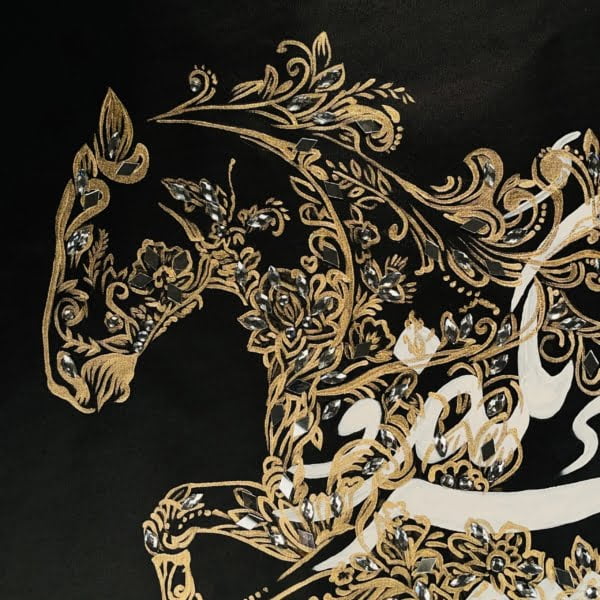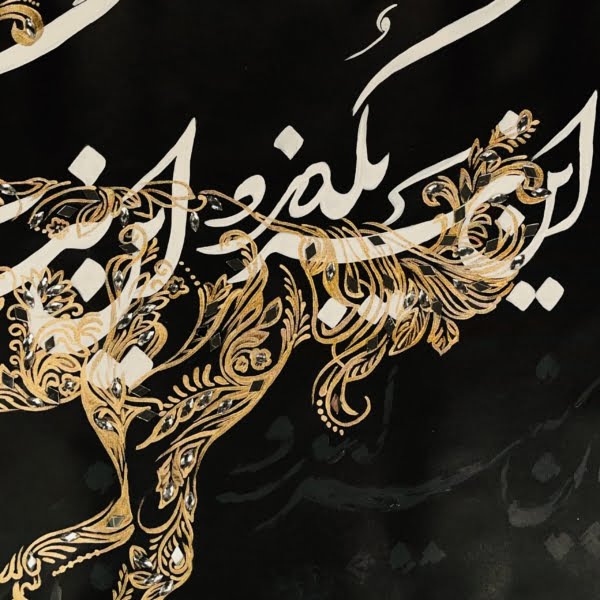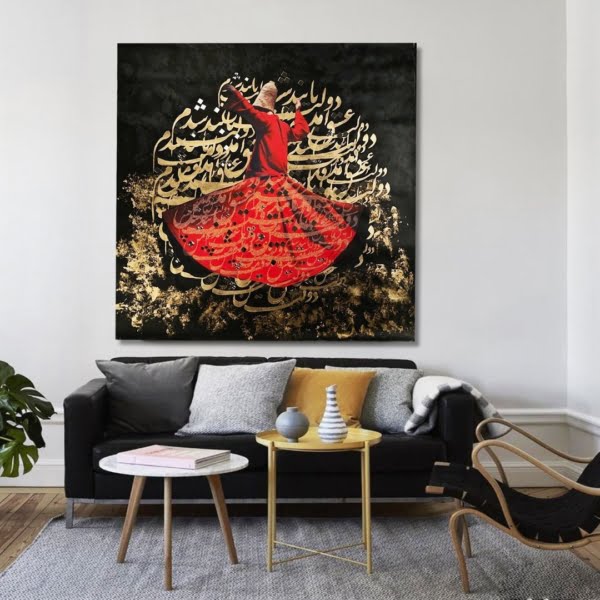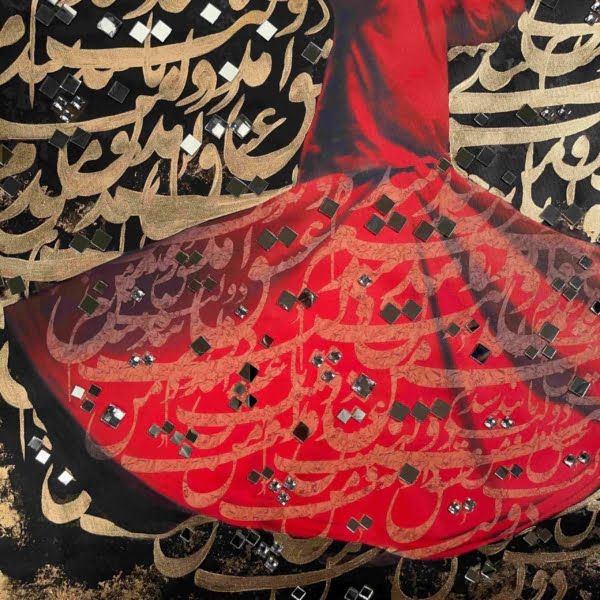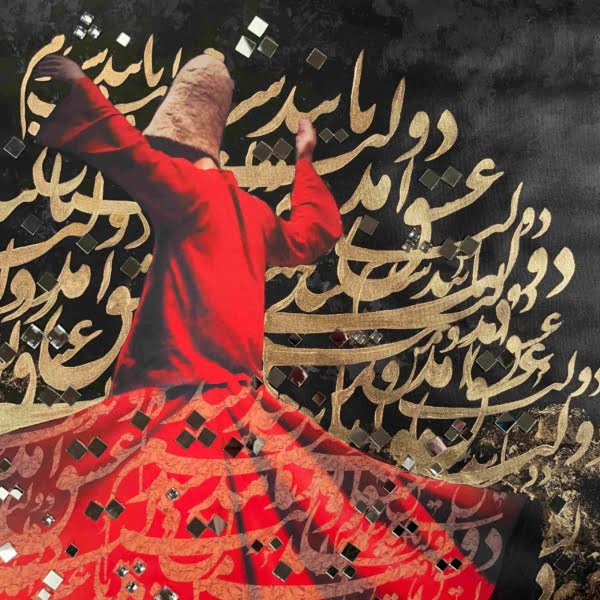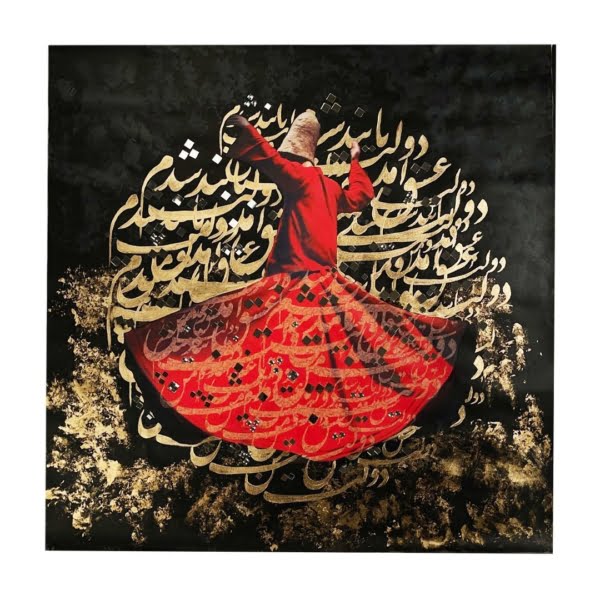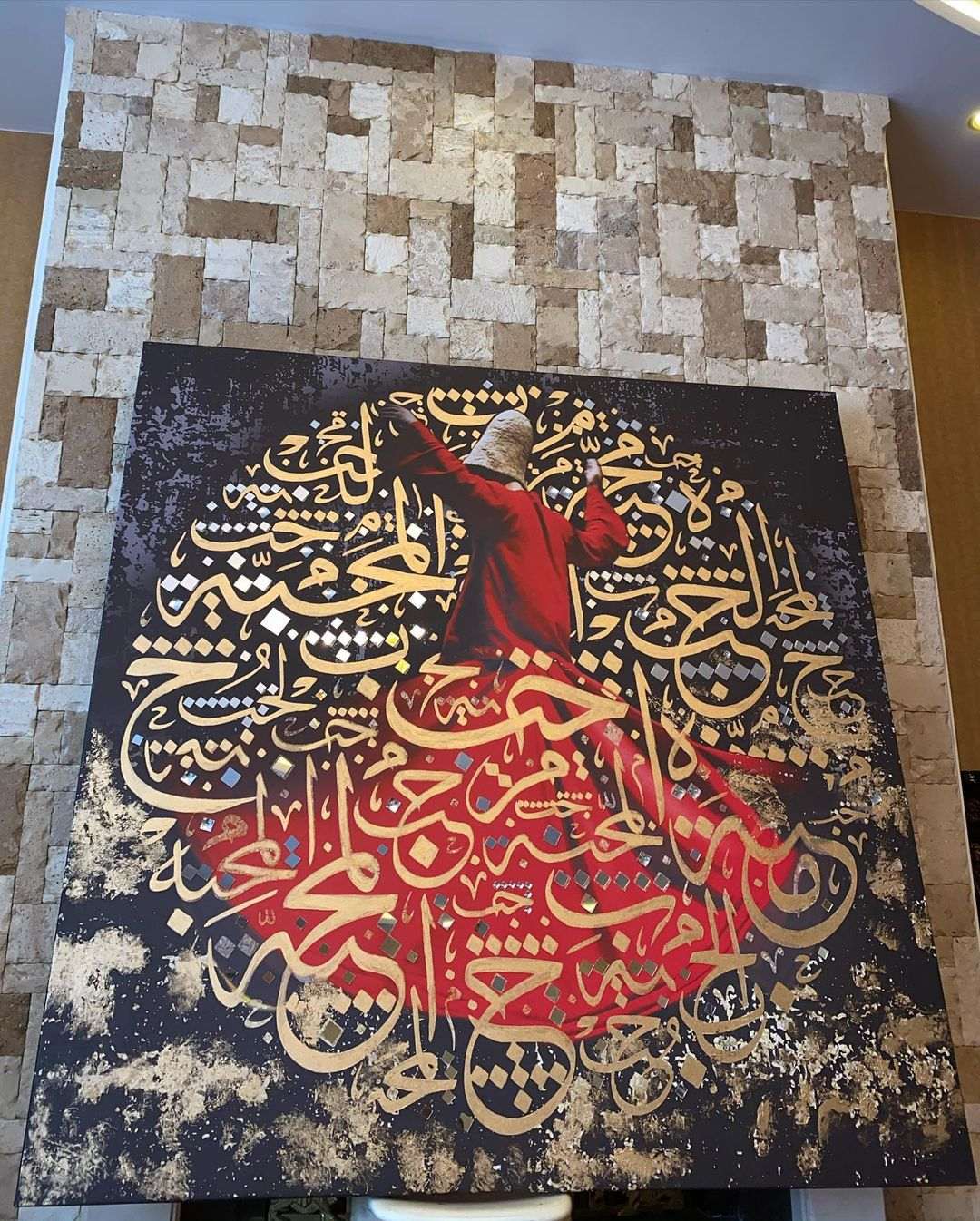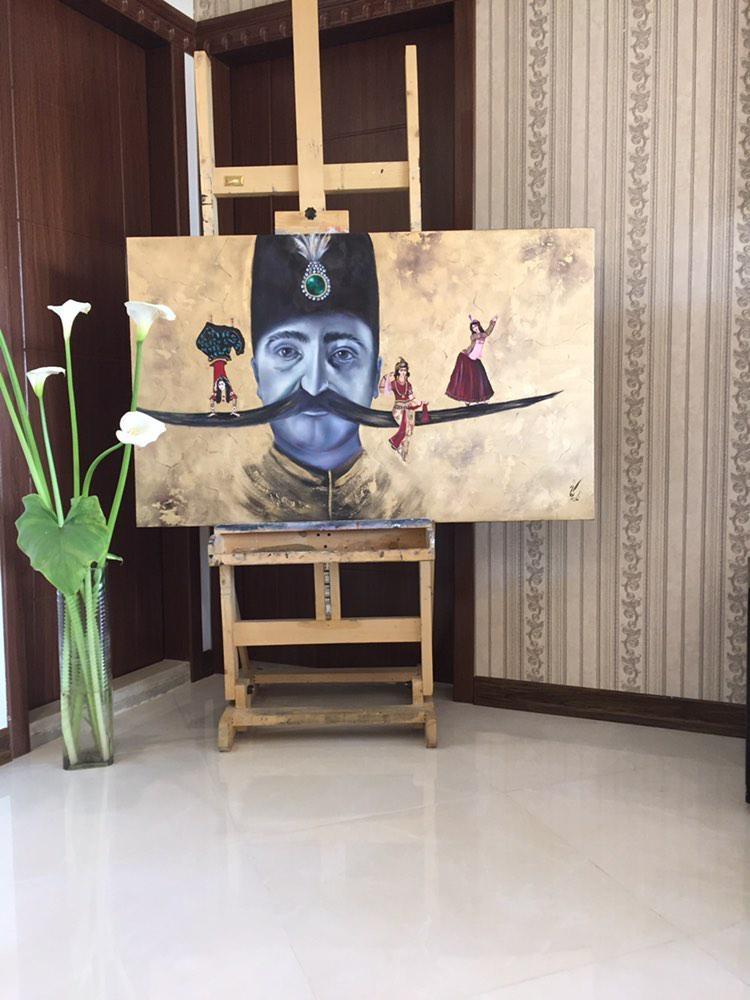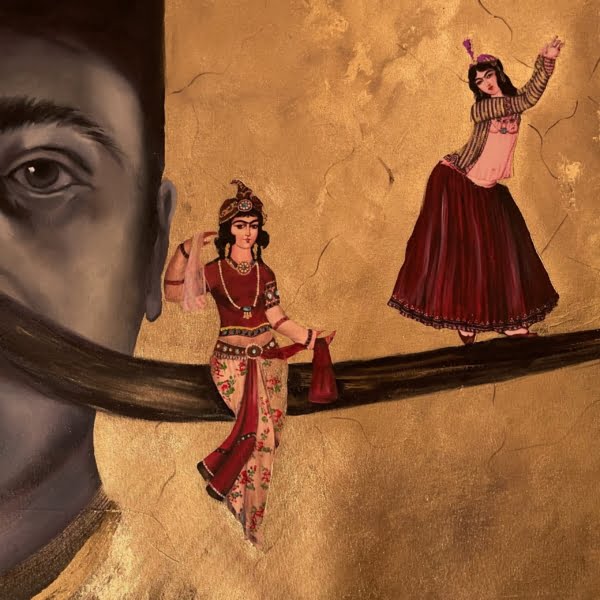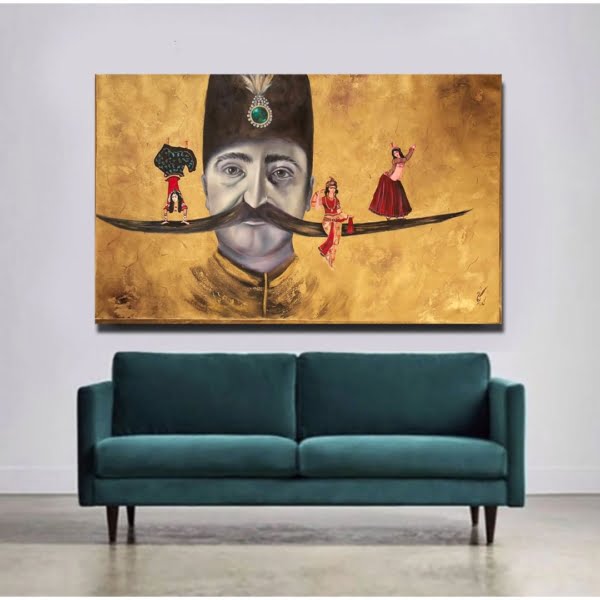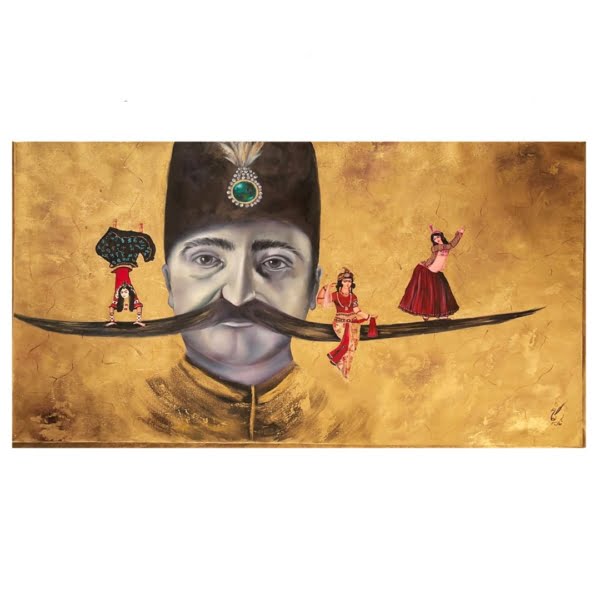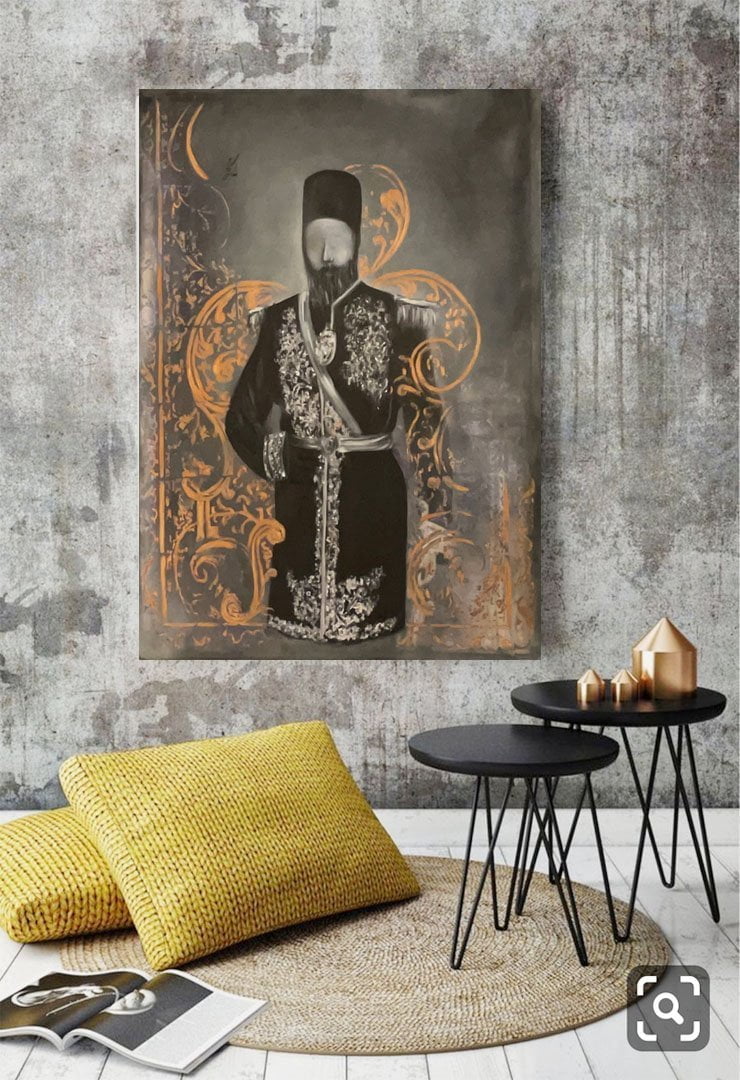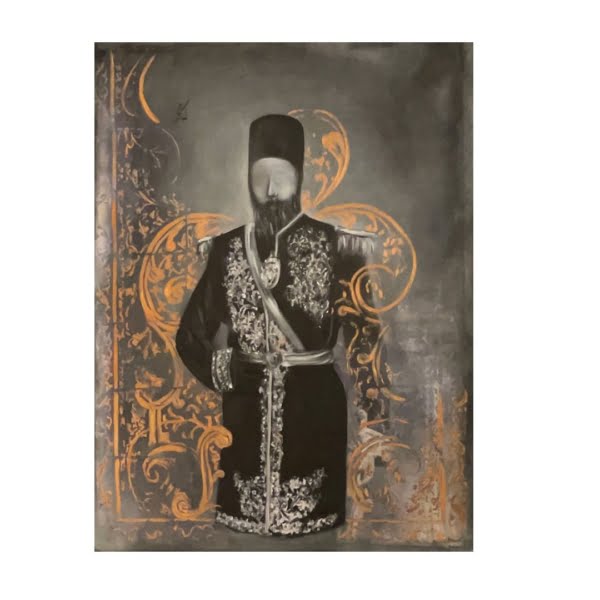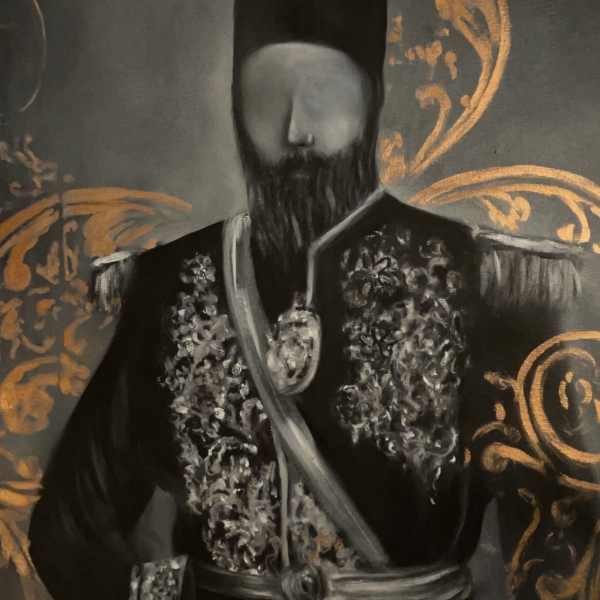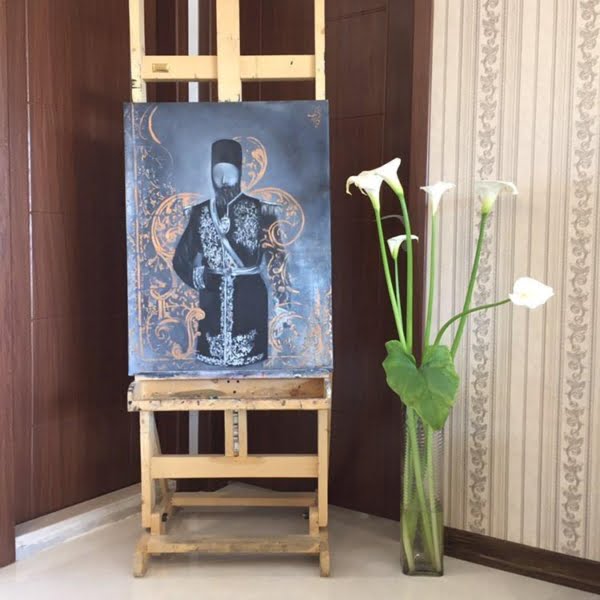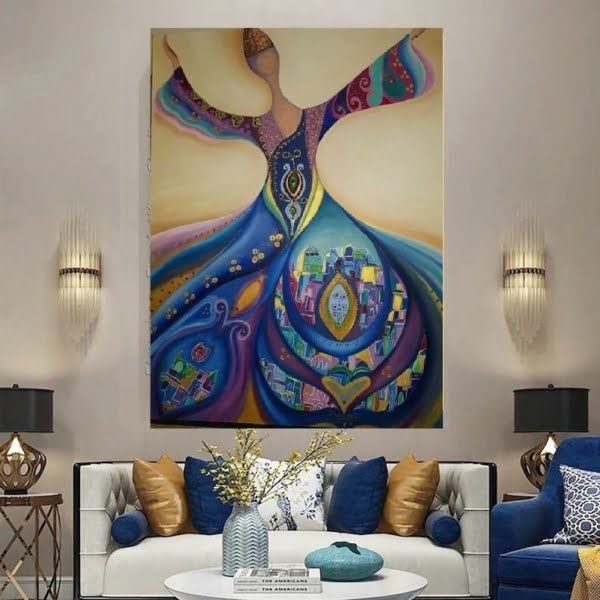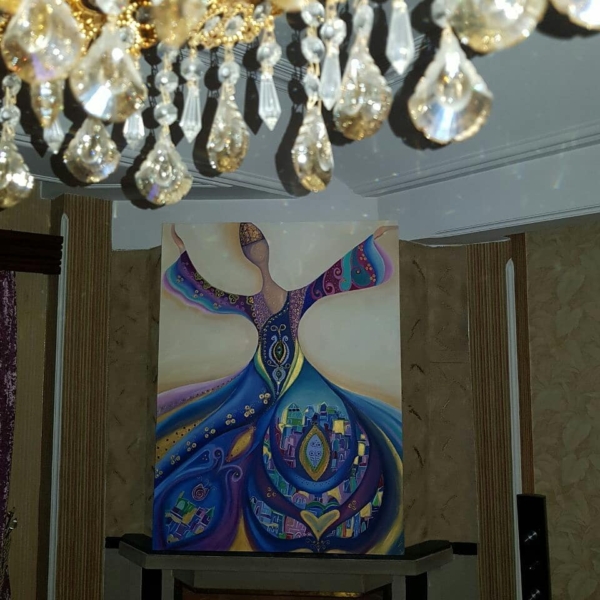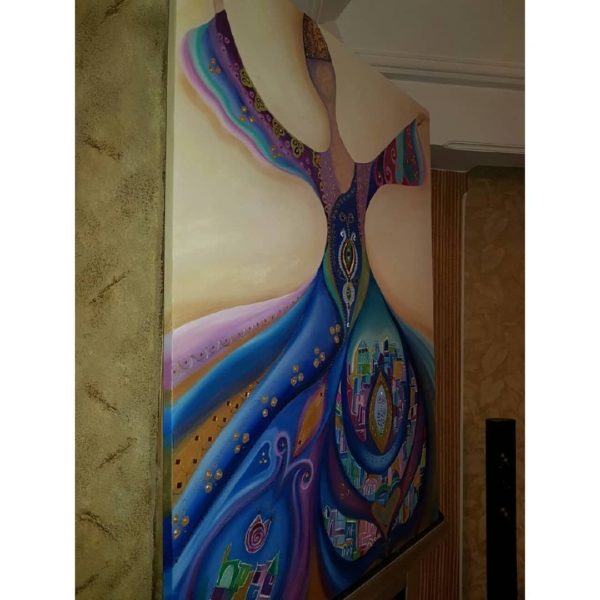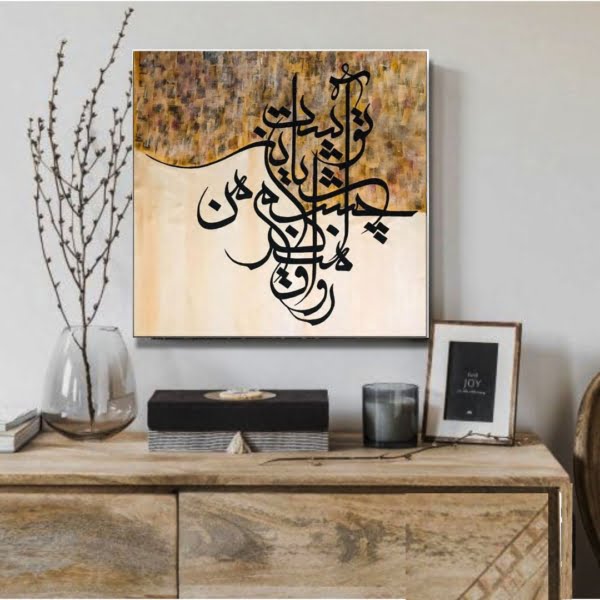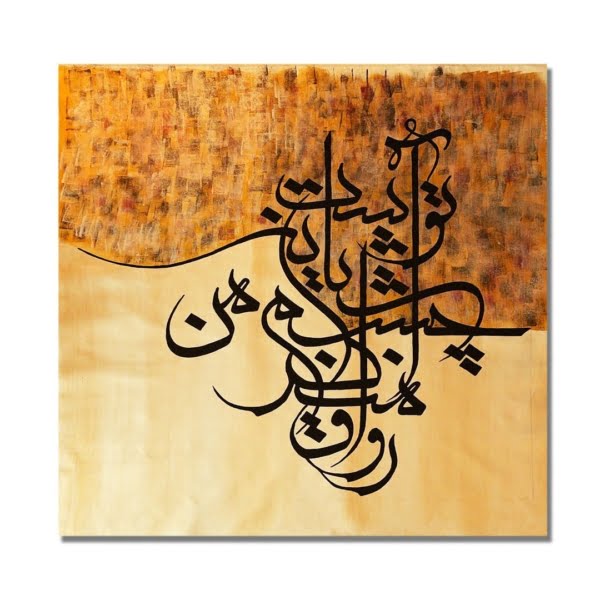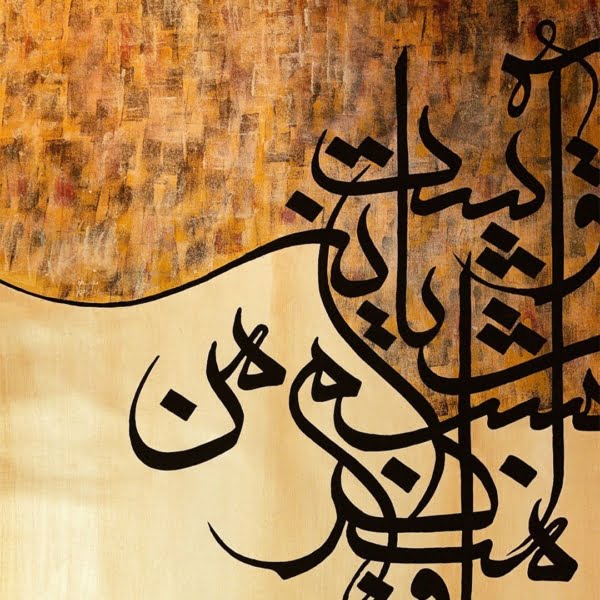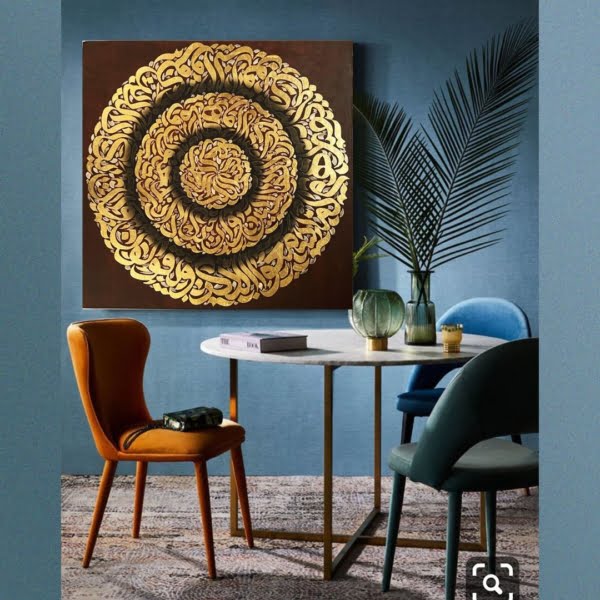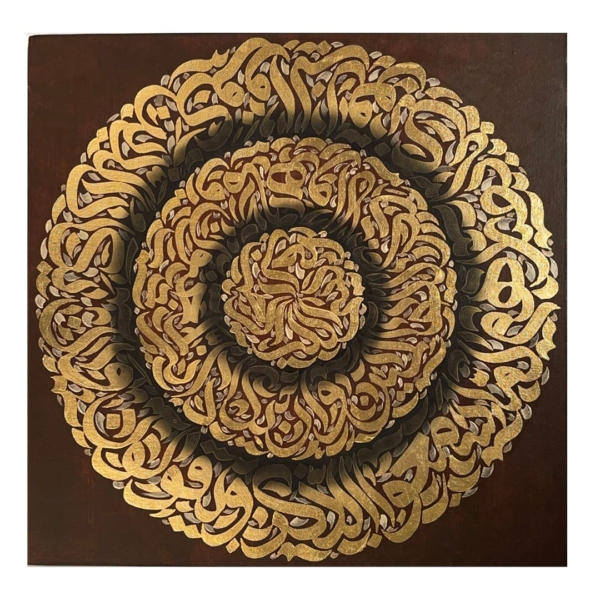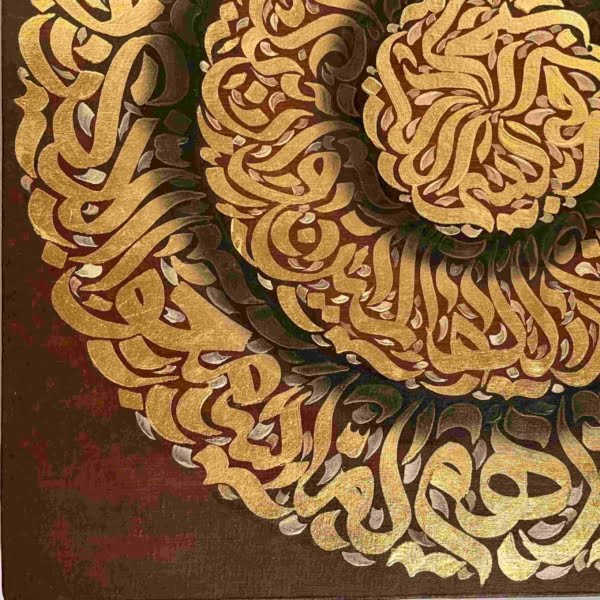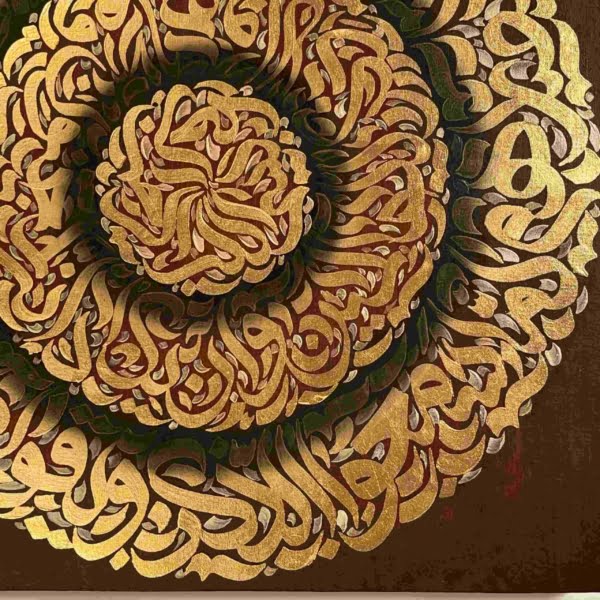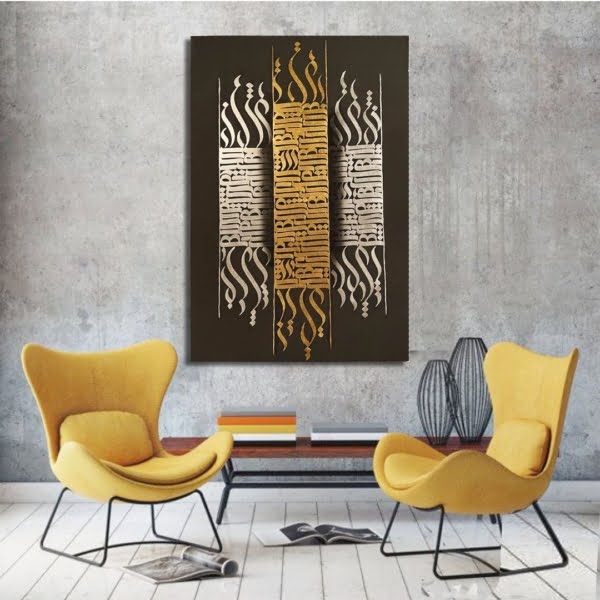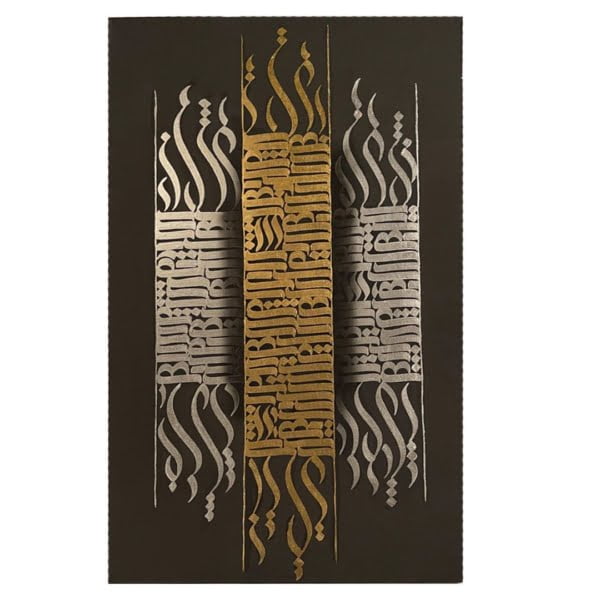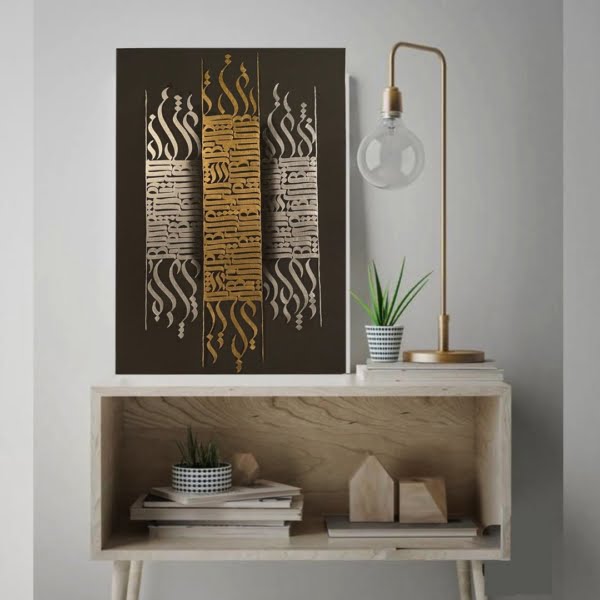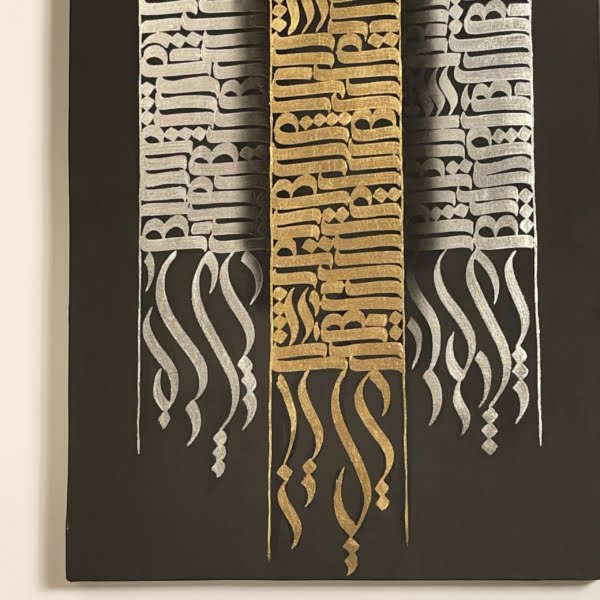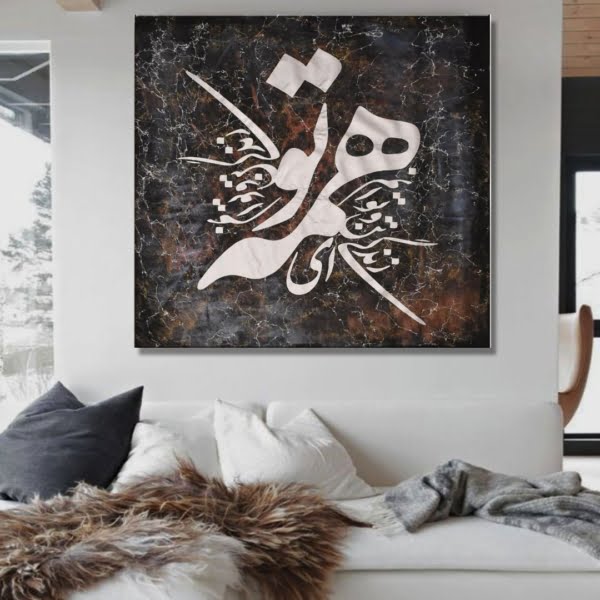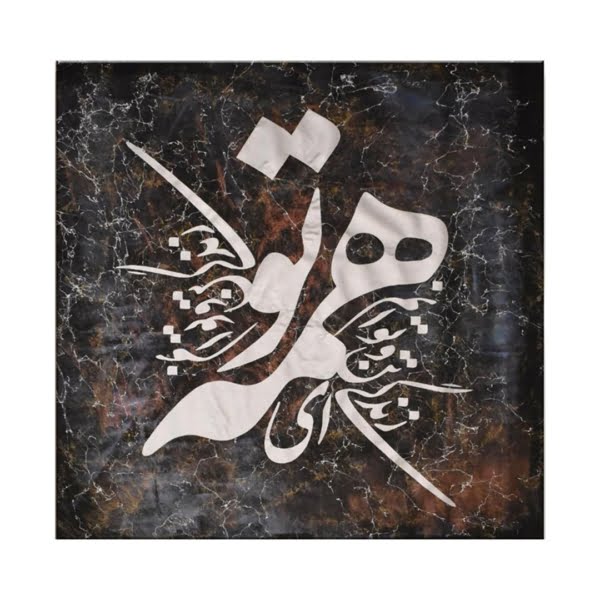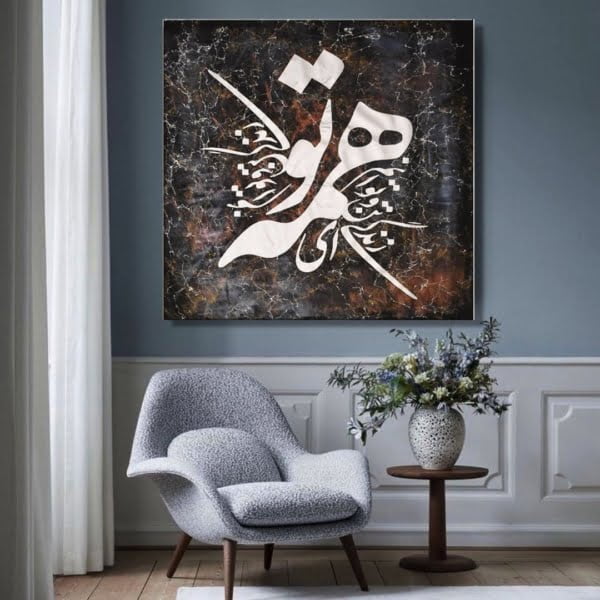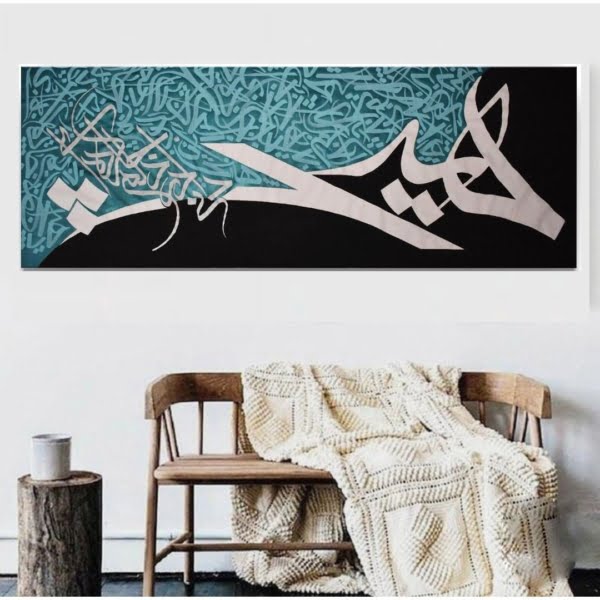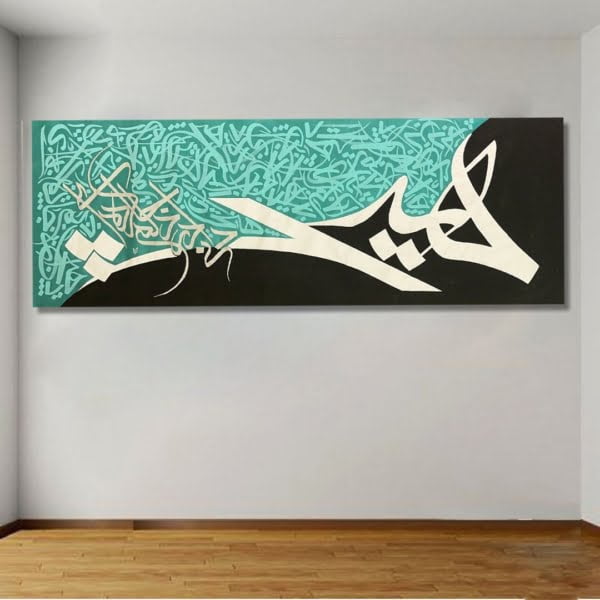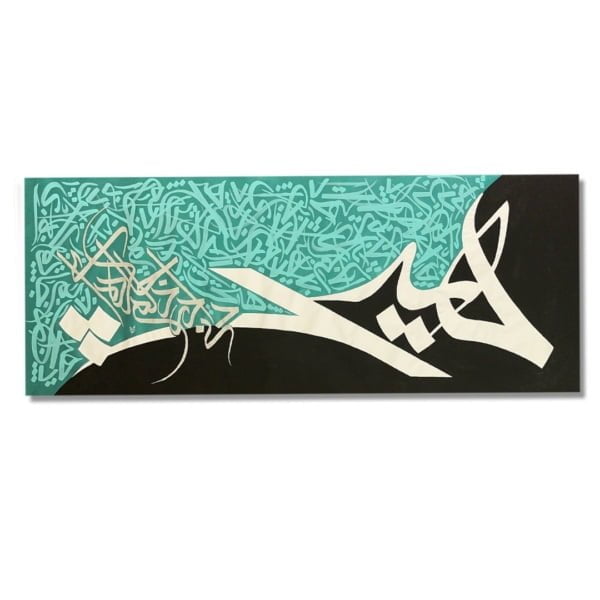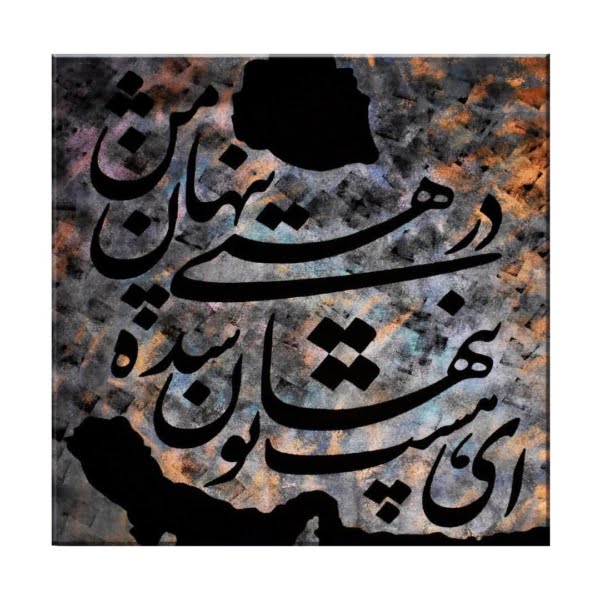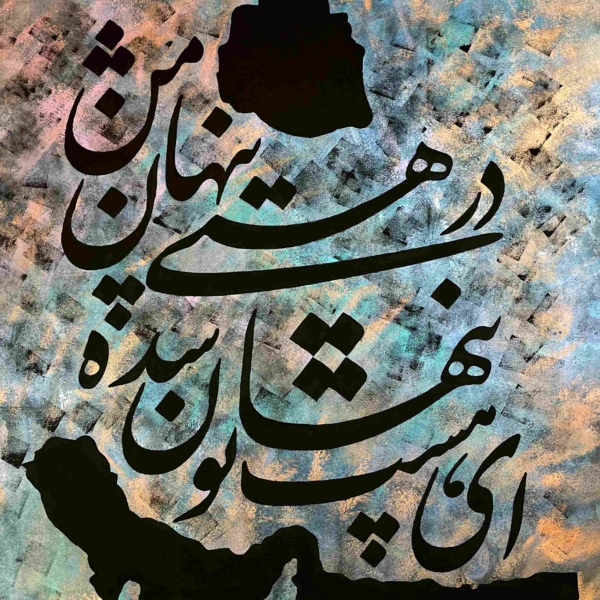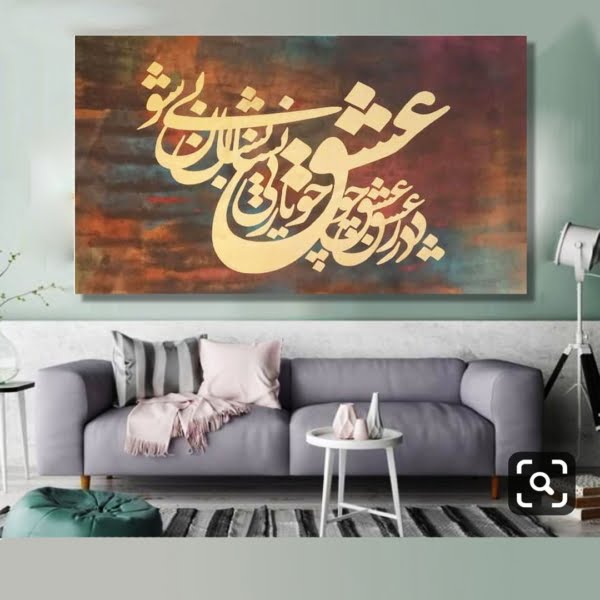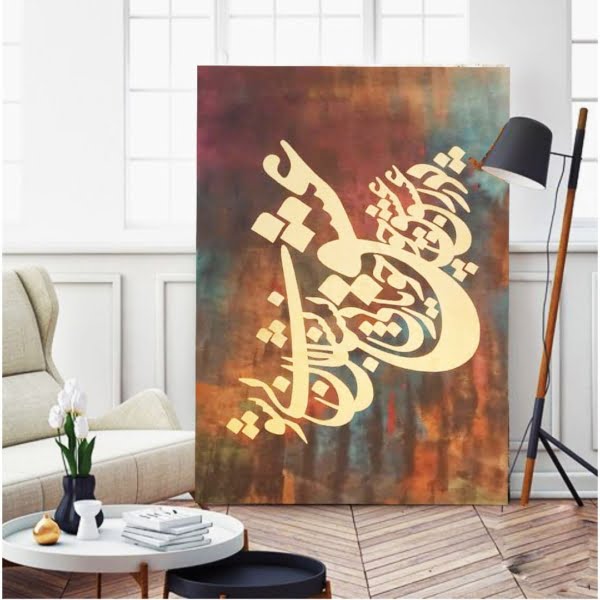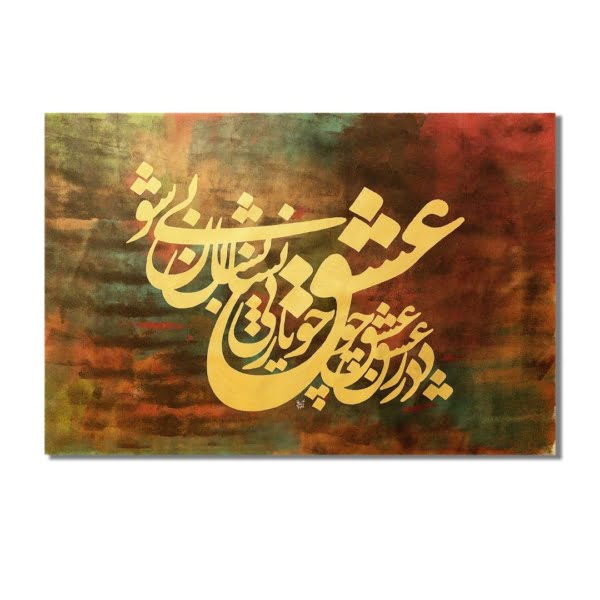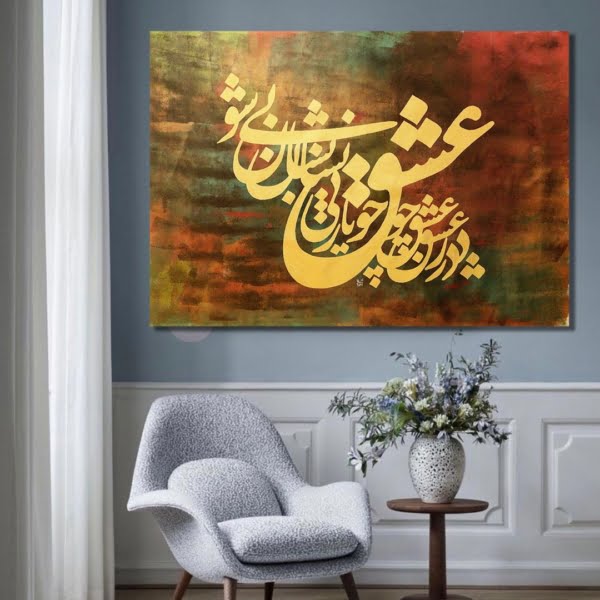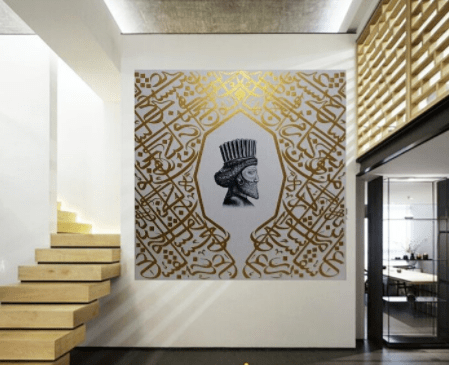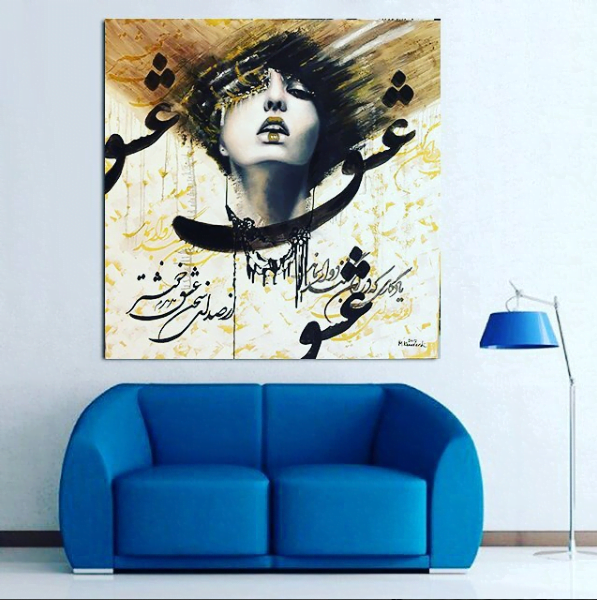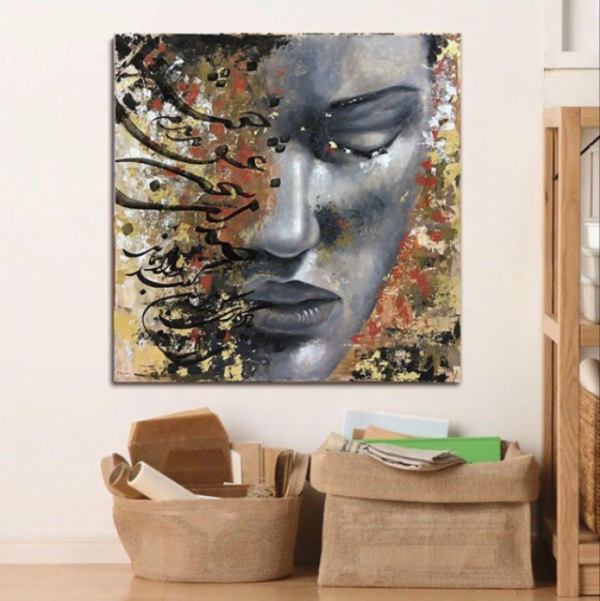Persian Painting
Welcome to Persis Collection, the largest online gallery of Persian paintings and calligraphy art. Explore our curated selection of exquisite Persian miniature paintings, and Persian canvas art, all steeped in rich cultural history.
Mix Media Calligraphy Painting 90 x 150cm
Original price was: £552.£431Current price is: £431.Add to cartPaintings and Calligraphy (Porch of The Eye) 90 x 90
Original price was: £538.£420Current price is: £420.Add to cartThe Art of Persian Calligraphy: A Journey Through History and Culture
Persian painting is a majestic fusion of history, culture, and artistic expression, encapsulating a vibrant tradition that stretches back centuries. Deeply intertwined with Iran’s heritage, this art form is known for its striking use of vivid colors, geometric patterns, intricate arabesques, and beautiful calligraphy. The delicate yet detailed nature of Persian painting is a testimony to the craftsmanship of its creators. From ancient Persian miniature paintings to modern Persian oil and acrylic artworks, Persian art continues to captivate collectors and art lovers worldwide. This guide explores the most iconic forms of Persian painting, perfect for anyone interested in bringing a piece of this rich cultural heritage into their home.
Persian Miniature Paintings: The Classical Beauty of Persian Art
Persian Miniature: A Legacy of Precision and Detail
One of the most celebrated forms of Persian painting is the Persian miniature. Rooted in the tradition of illustrating manuscripts, these paintings are famed for their intricate designs and attention to detail. Persian miniature painting flourished during the Safavid and Timurid dynasties, often used to adorn literary works like the Shahnameh or the Khamsa of Nizami. Artists used a brilliant array of colors and fine brushwork to depict scenes of Persian poetry, heroic legends, and rich landscapes. The striking visuals of Persian miniatures, with their ornamental details and poetic essence, offer an unparalleled window into the historical and cultural context of Iran.
Key Features of Persian Miniature Art
Persian miniature painting is distinguished by its small size, intricate details, and vibrant use of colors. Artists utilized delicate brushes to create finely detailed figures and landscapes, capturing a sense of movement and energy. Common themes include heroic battles, love stories, and courtly life, often accompanied by rich floral and geometric patterns. Persian miniature designs are available for sale at Persis Collection, where you can find original pieces and high-quality replicas, perfect for collectors or those looking to add a touch of history to their home decor.
Persian Miniature for Sale
Whether you’re a seasoned collector or a first-time buyer, Persian miniature paintings make a timeless investment. At Persis Collection, we offer a vast range of Persian miniatures, including both antique and modern interpretations of this ancient art. Browse through our collection of Persian miniature paintings for sale and find the perfect piece of history to adorn your walls.
Persian Calligraphy: A Fusion of Words and Visual Art
The Elegance of Persian Calligraphy Painting
Calligraphy holds a special place in Persian art, particularly when fused with painting. Persian calligraphy paintings bring words and visual elements together in a harmonious and meaningful way. These works often incorporate Persian or Arabic scripts in creative compositions, with the fluid lines of the script becoming the central visual element of the artwork. Calligraphic paintings are often paired with floral motifs or geometric shapes, combining art with deep cultural and spiritual meaning.
Persian Acrylic Calligraphy Paintings
Acrylic paint is one of the most popular mediums used in modern Persian calligraphy art. Artists create stunning compositions by blending traditional calligraphic techniques with vibrant, contemporary acrylic colors. The bold strokes of the brush combined with the delicacy of the script create a striking contrast. These paintings are a modern take on traditional Persian art, perfect for contemporary homes looking for Persian-inspired decor.
Persian Calligraphy for Sale
Explore our exquisite collection of Persian calligraphy paintings at Persis Collection. Whether you’re seeking antique Persian calligraphy pieces or contemporary works in acrylic or oil, we provide a wide range of authentic, beautifully crafted paintings to suit every taste. Our Persian calligraphy paintings not only enhance the beauty of any space but also bring a deep sense of cultural heritage.
Modern Persian Oil Paintings: Blending Tradition with Innovation
Persian Oil Paintings: Tradition Reimagined
The tradition of Persian oil painting has evolved significantly over the years, blending classic Persian styles with modern artistic influences. Artists today continue to draw inspiration from traditional Persian art, yet they experiment with new techniques, such as combining oil paint with mixed media like fabric, metal, or paper. This creates dynamic and textured compositions that reflect both Iran’s past and its vibrant artistic present.
Persian Oil Paintings on Canvas
Persian oil paintings on canvas are a timeless and versatile art form, bringing together the vibrant energy of oil paint with the expansive canvas as a medium. Many artists focus on themes such as Persian mythology, landscapes, and iconic cultural symbols like horses, gardens, and epic scenes from Persian literature. At Persis Collection, you can find stunning Persian oil paintings for sale that will add a unique and artistic touch to any home.
Antique and Modern Persian Art for Sale
Persis Collection offers a wide array of Persian oil paintings for sale, including antique masterpieces and modern innovations. From traditional scenes of Persian life to abstract interpretations of classic motifs, our collection caters to a range of tastes and preferences. Whether you’re looking for Persian canvas art, horse paintings, or framed works, our gallery provides a curated selection of Persian paintings with guaranteed authenticity.
Persian Painting FAQ:
- What is Persian miniature painting?
Persian miniature painting is a highly detailed, small-scale painting style that flourished during the Safavid and Timurid dynasties. It often illustrated manuscripts with vibrant colors and intricate designs. - Where can I buy authentic Persian paintings online?
At Persis Collection, the largest trusted online Persian gallery, we offer a wide range of authentic Persian paintings, from miniatures to modern calligraphy and oil art, with worldwide delivery. - What is the significance of calligraphy in Persian art?
Calligraphy holds cultural and spiritual importance in Persian art. It beautifully combines the elegance of Persian or Arabic script with artistic compositions, often enhanced by floral and geometric motifs. - What are the common themes in Persian paintings?
Common themes include Persian mythology, poetry, heroic battles, court life, and nature, especially gardens and horses. - Do you offer worldwide shipping for Persian paintings?
Yes, we provide guaranteed worldwide shipping for all Persian paintings and artworks at Persis Collection. - What makes Persian oil paintings unique?
Persian oil paintings blend traditional themes with modern techniques, often incorporating mixed media for added texture and depth. - How do I choose the right Persian painting for my home?
Consider your taste, the room’s decor, and the size of the space. Persian miniatures are great for intimate spaces, while large oil paintings work well in more expansive rooms. - Are there antique Persian paintings for sale at the Persis Collection?
Yes, we offer a selection of both antique and modern Persian paintings, each authenticated and of the highest quality. - Can I find Persian calligraphy paintings in the Persis Collection?
Absolutely! We offer a wide range of Persian calligraphy paintings, including both traditional and modern pieces created using acrylic and oil mediums. - What are the popular subjects in Persian horse paintings?
Persian horse paintings often depict horses in battle, royal court settings, or galloping through lush gardens, symbolizing power and nobility.

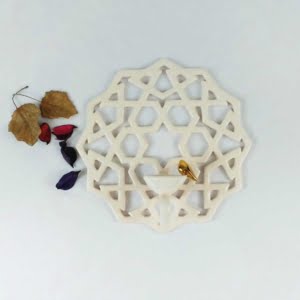 Pine Model Ceramic Candle Holder
Pine Model Ceramic Candle Holder 




